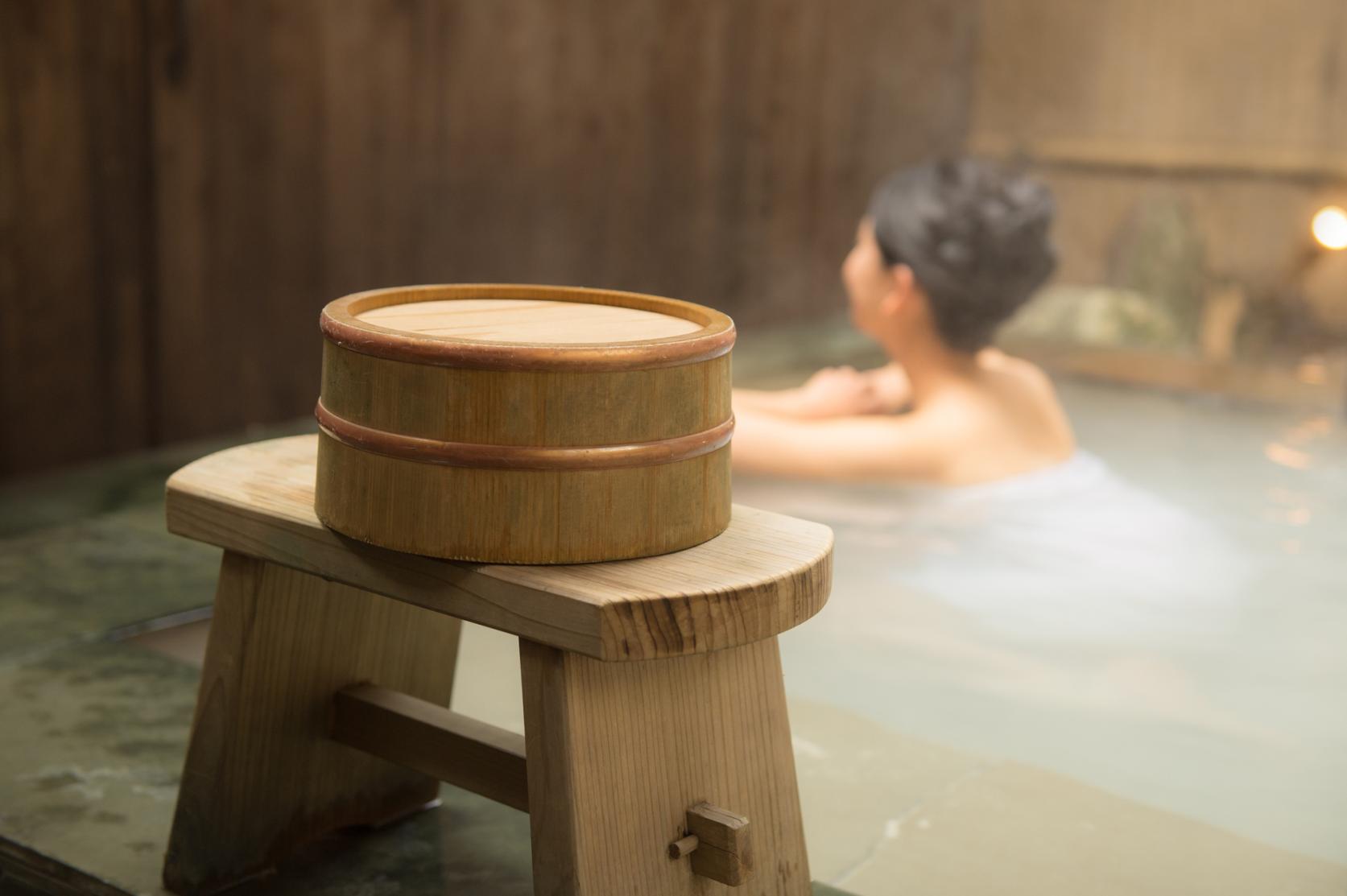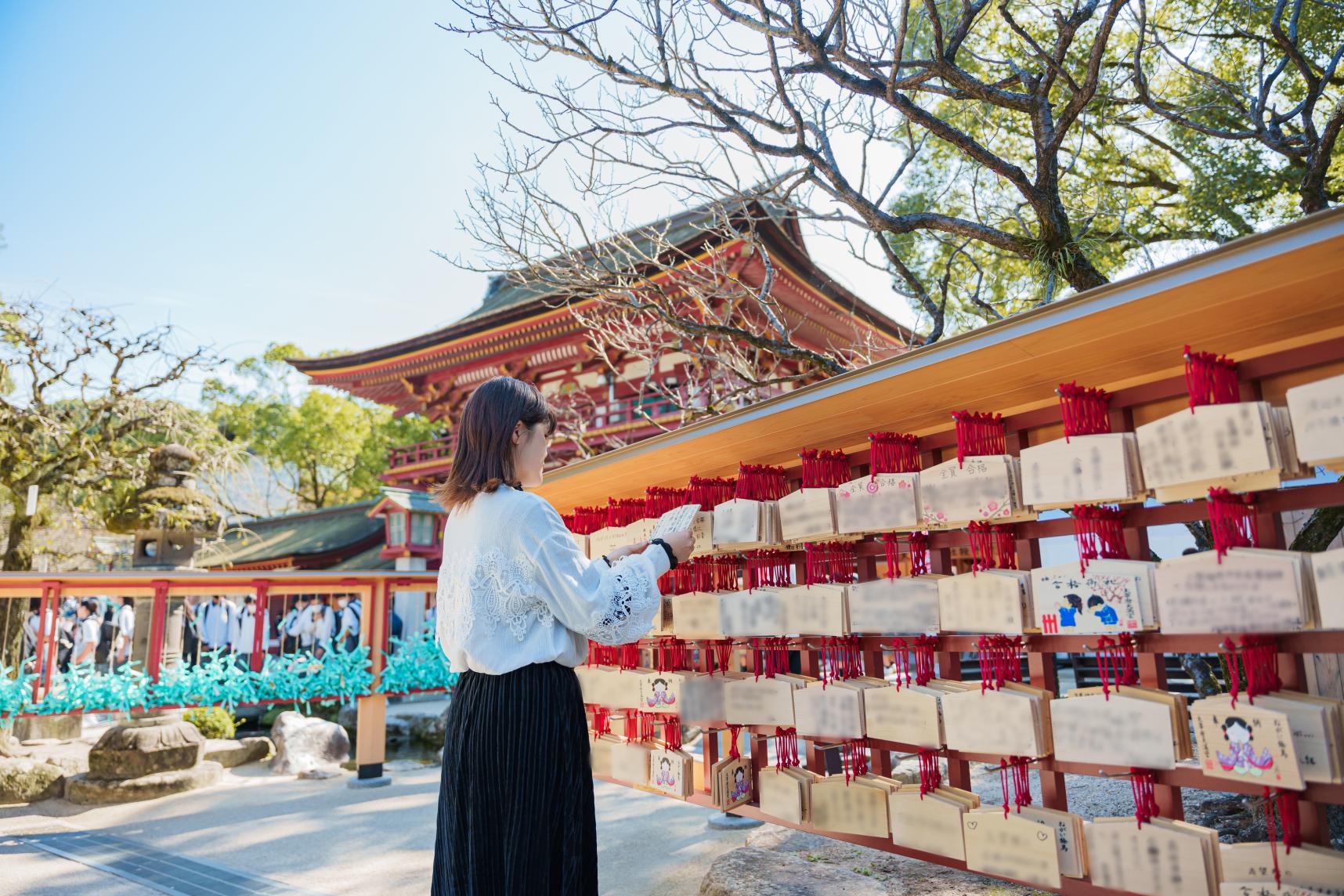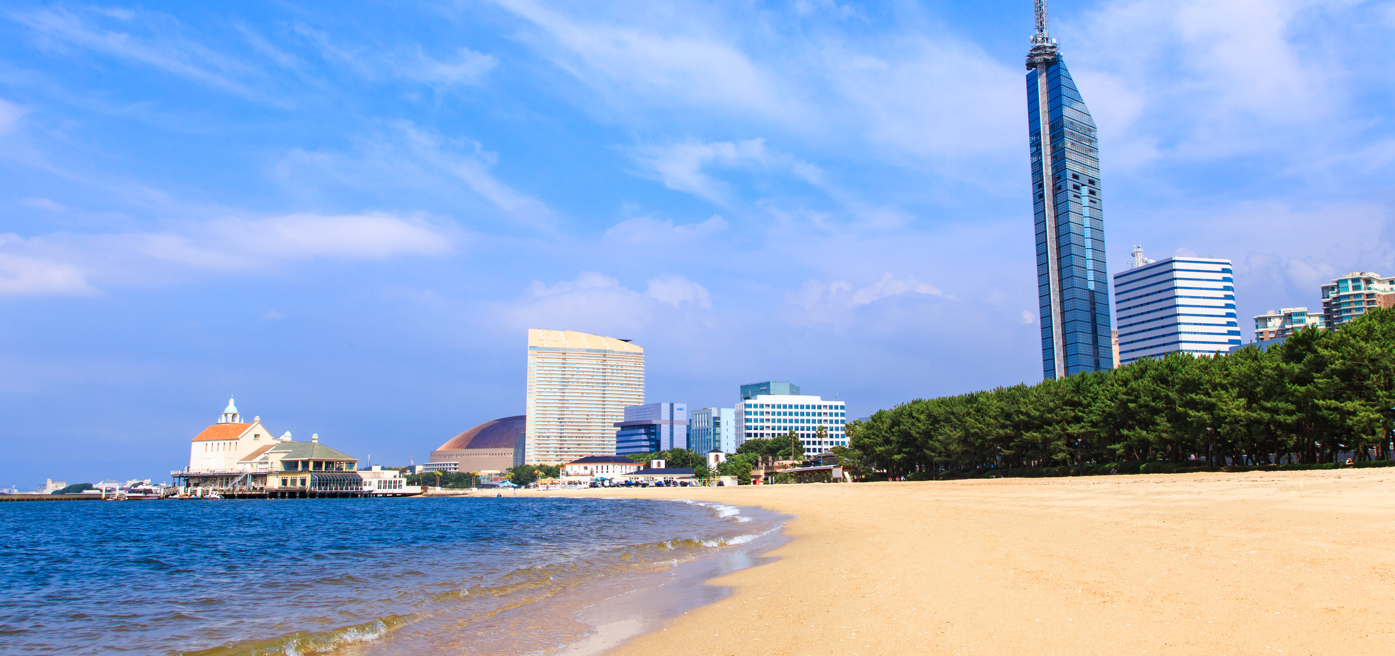We use cookies on this site to enhance your experience. By continuing to browse, you agree to our use of cookies. See our Cookie Policy for more information.
Munakata Taisha Shrine
宗像大社
Headquarters of Munakata shrines throughout Japan, listed as a World Heritage Site.
Munakata Taisha shrine is one of Japan’s oldest shrines and features in Japanese legend. The Munakata Taisha shrine refers to the three shrines devoted to the three Munakata goddesses, Okitsu-gu on Okinoshima Island, Nakatsu-gu on Oshima Island and Hetsu-gu on the Kyushu mainland.
The main shrine, Hetsu-gu, is dedicated to the deity Ichikishima-hime-no-Kami. The main shrine main prayer hall are both designated National Important Cultural Properties. Worshippers come to pray to the goddess as guardian of the Imperial family and the Japanese nation, and as the goddess of travel and therefore maritime and road safety.
Shinpo-kan, the shrine's treasure hall located on the grounds of Hetsu-gu, houses and displays the important cultural properties handed down in the Munakata Taisha shrine, including about 80,000 sacred treasures designated as National Treasures of Japan such as mirrors, curved beads and gold rings that were unearthed on Okinoshima. The first floor of the Shinpo-kan displays fine arts and crafts from the main shrine, the second floor has ritual objects from Okinoshima, and the third floor is the place for ancient documents related to Munakata and a local collection.
Visitors throng the shrine for the midnight opening of the gates at the New Year, where they pray for a safe year and make New Year’s resolutions. On January 1, the Saitan-sai (New Year’s Day ceremony) is held to pray for the prosperity of the Imperial family and the country, and for the well-being of the local community. Genshi-sai (the Shinto festival of origins) is held on January 3, to celebrate the origins of the Imperial throne.
Kicking off the Munakata Taisha shrine’s Autumn Festival is the Miare Festival on October 1, a ritual that takes place at sea to pray for maritime safety and good fishing and farming. Two brilliantly decorated medieval boats, each bearing the respective good luck charm of Okitsu-gu or Nakatsu-gu, lead about 200 local fishing boats under colorful “large haul” flags and streamers on a hour-long seaborne parade from Oshima Fishing Port to Konominato Fishing Port. The spectacle is a famous ritual that attracts sightseers from around Japan.
Basic Information
| Address (Japanese) | 811-3505 福岡県宗像市田島2331 辺津宮 |
|---|---|
| Address | 2331 Tajima, Munakata City, Fukuoka Hentsugu Shrine |
| Telephone Number | 0940-62-1311 |
| Fax Number | 0940-62-1315 |
| Open | [ShinpokanShinpokan] 9:00am-4:30pm (last admission 4:00pm). |
| Closed | without a holiday |
| Price | Admission to the Shinpokan: (Cooperation fee for facility maintenance) Adults 800 yen, high school and university students 500 yen, elementary and junior high school students 400 yen. Group discounts (20 or more people) available. Other discounts are available; see the official website for details. |
| Car Park | Parking lots 1 - 3, total approx. 1,000 vehicles (free of charge). |
| Access | 12 minutes by car from Akama Station on the JR Kagoshima Honsen Line. From JR Togo Station North Exit, take Nishitetsu Bus (via Munakata Taisha, Kamiminato Wharf), approx. 12 mins, get off at Munakata Taisha-mae and walk shortly. From Kyushu Expressway, approx. 35 mins from Wakamiya IC, approx. 35 mins from Koga IC. |
| Website | https://munakata-taisha.or.jp/ https://www.muna-tabi.jp/k006/010/020/020/040/20150203110336.html https://www.okinoshima-heritage.jp/en/ |
*Information on facilities is subject to change. Please check each official website for the latest information.
- Area
- Fukuoka Area
- Travel Inspiration
- Fukuoka highlights
 Neighborhood Sightseeing spots
Neighborhood Sightseeing spots
 Related articles
Related articles
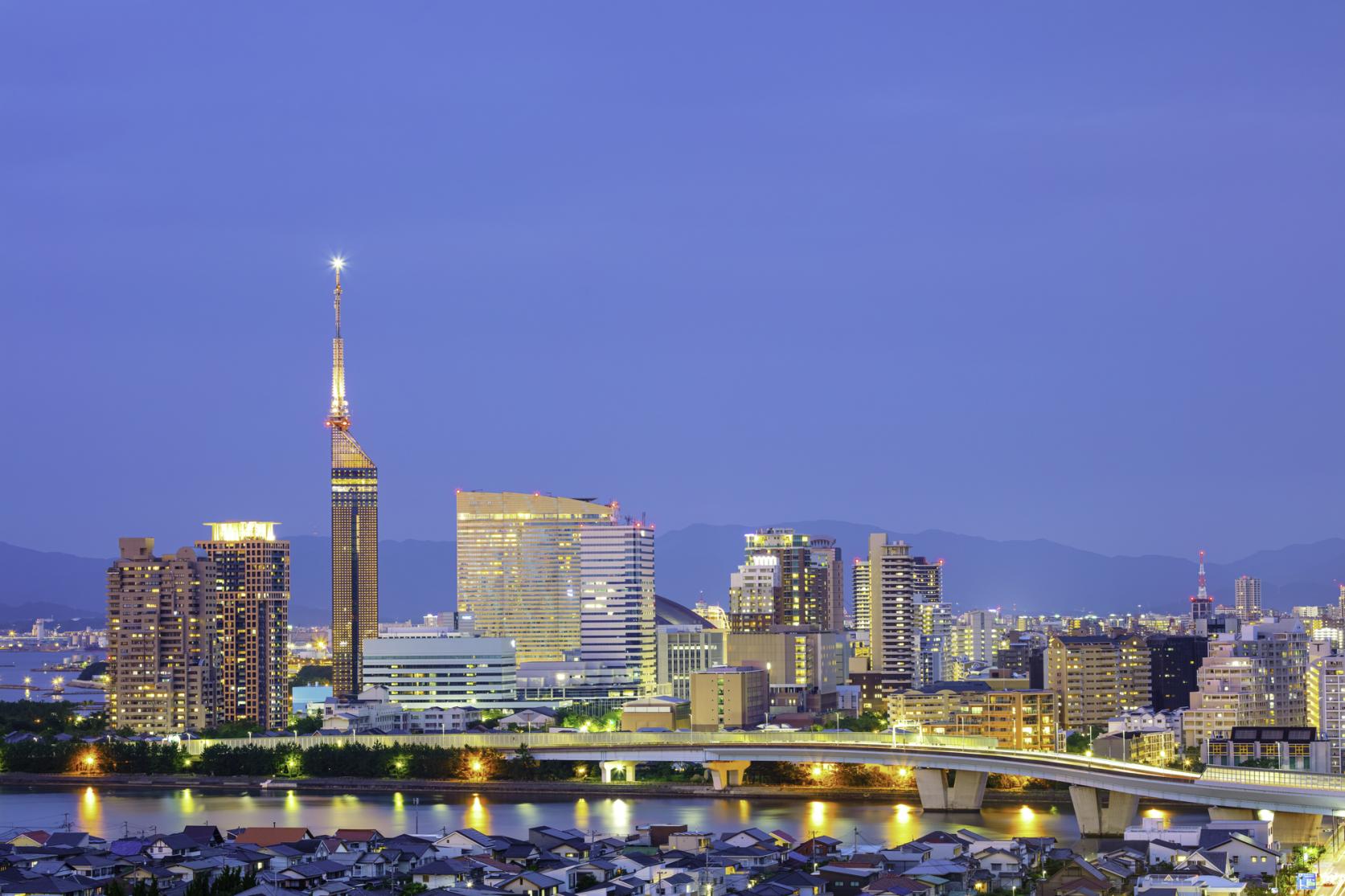
Here's our recommended popular destinations and can’t miss foods for your first time in Fukuoka!
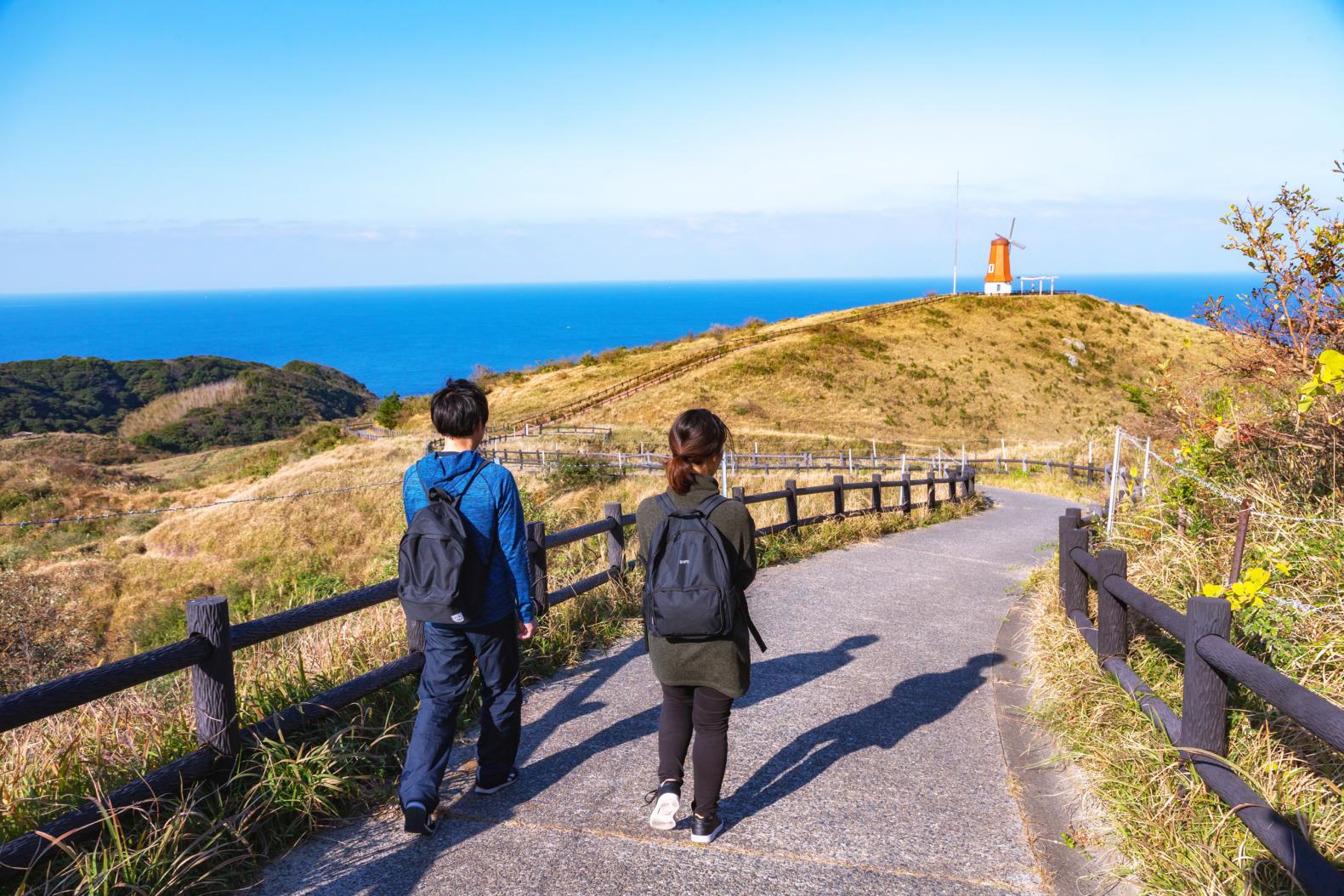
Kyushu OLLE 【02 Intermediate~Advanced】Munakata Oshima Course -Get in touch with World Heritage Sites and the island's nature-
![[2024 Edition] Enjoy the New Year in Fukuoka! Special Feature on First Sunrise and Hatsumode](https://www.crossroadfukuoka.jp/storage/special_features/303/responsive_images/WMWmetE3zassCD8JlncouwivzCqCrrAAwwhp5OGF__1669_866.jpg)
[2024 Edition] Enjoy the New Year in Fukuoka! Special Feature on First Sunrise and Hatsumode


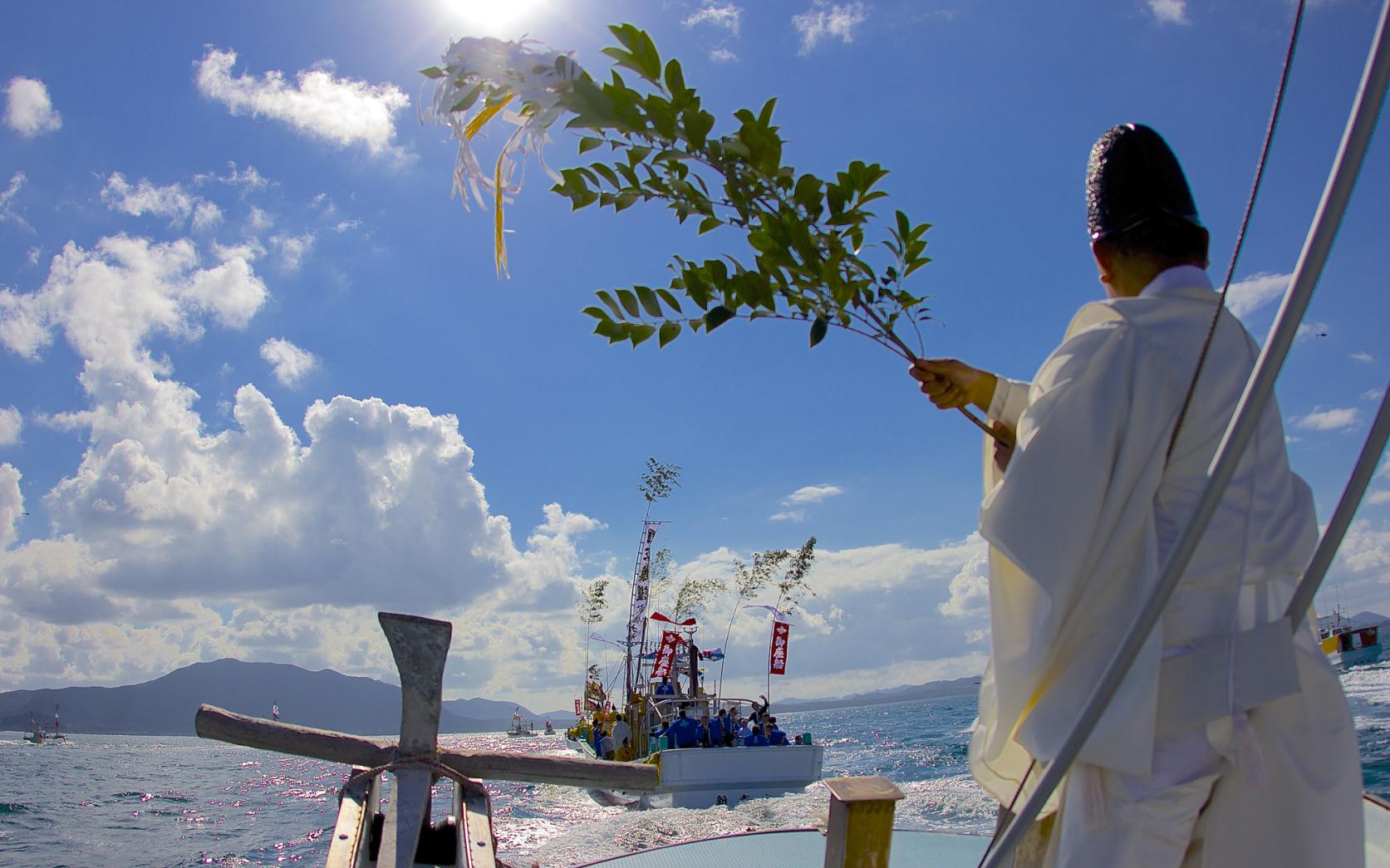
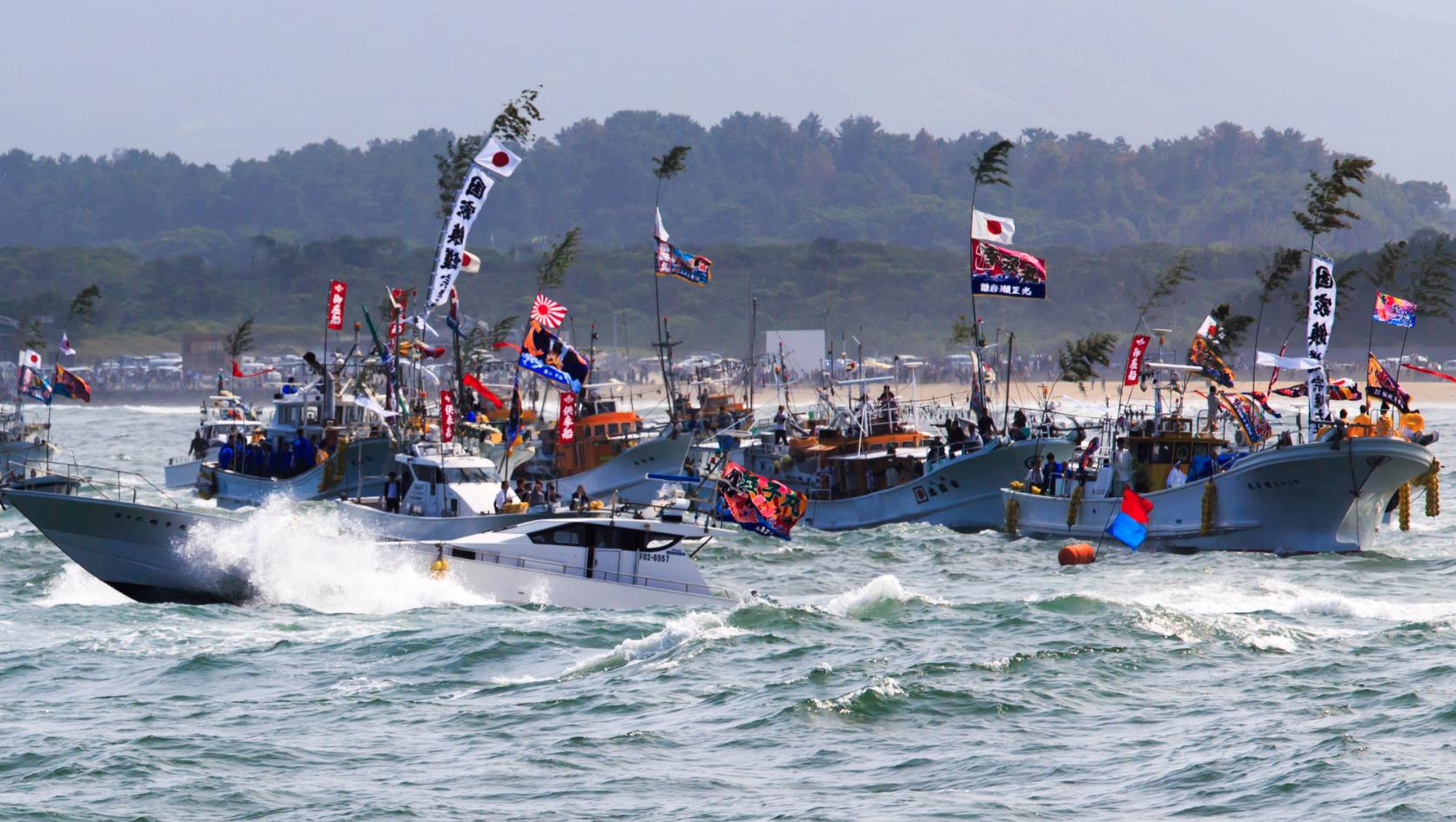
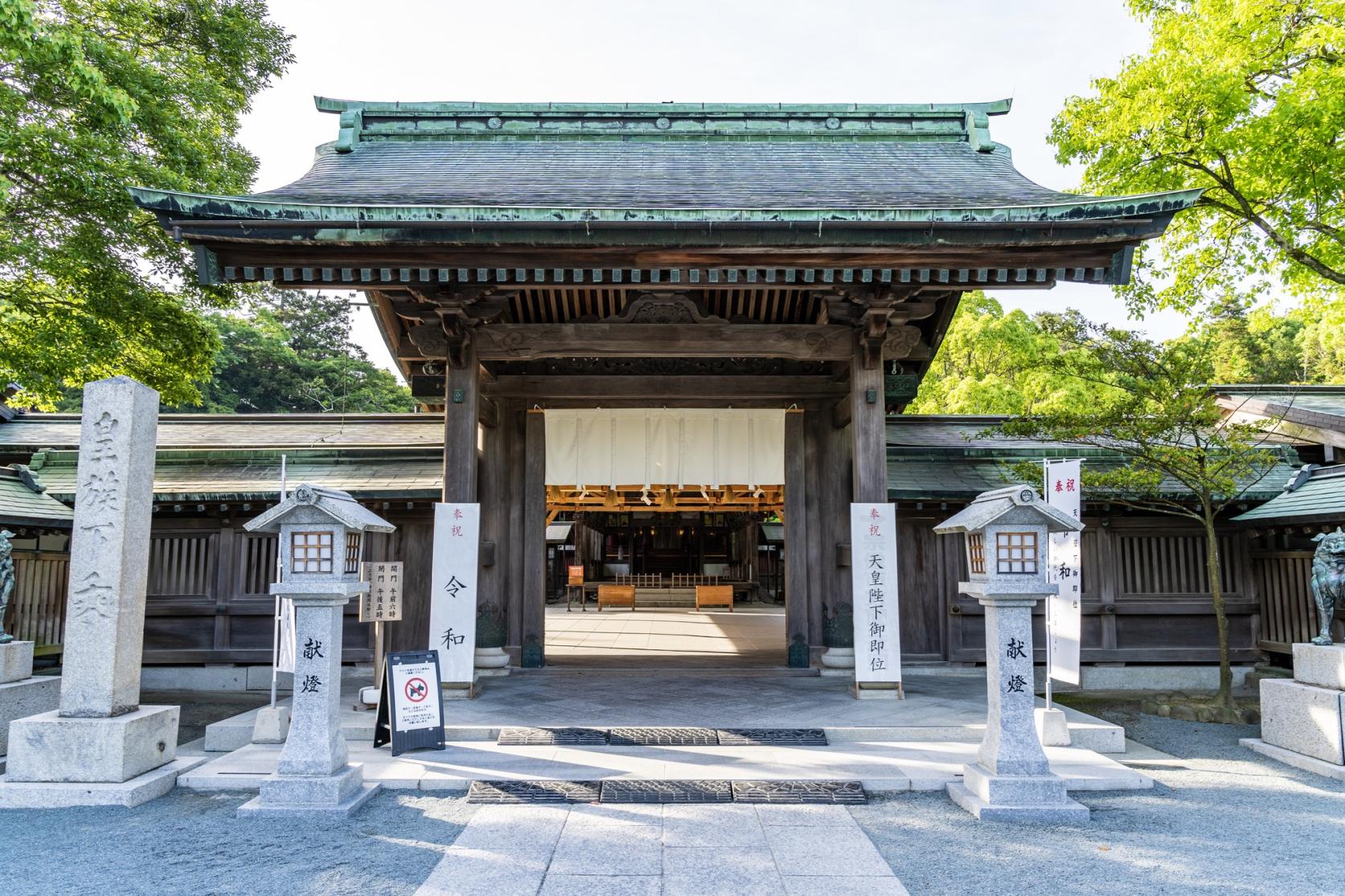
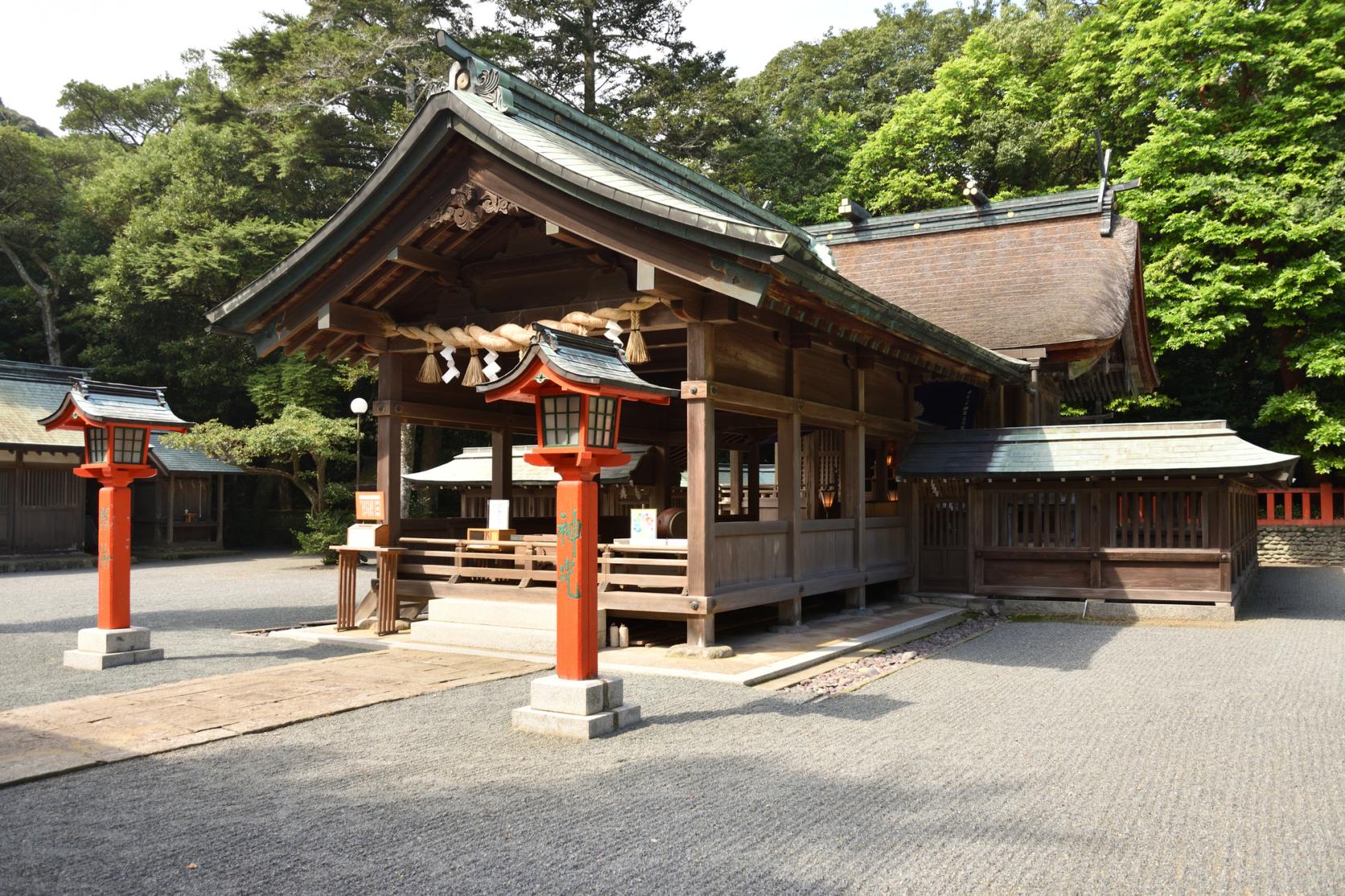
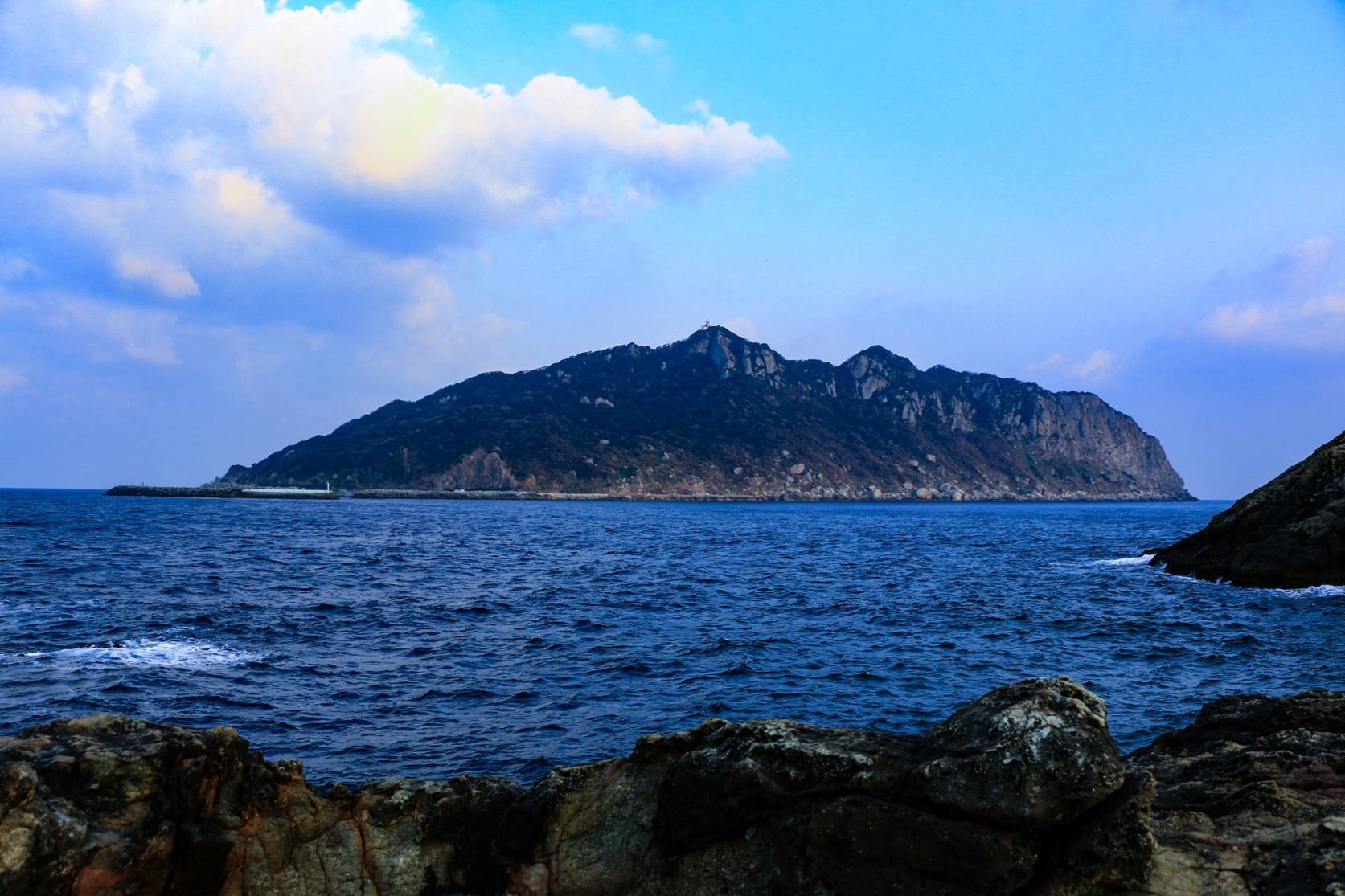
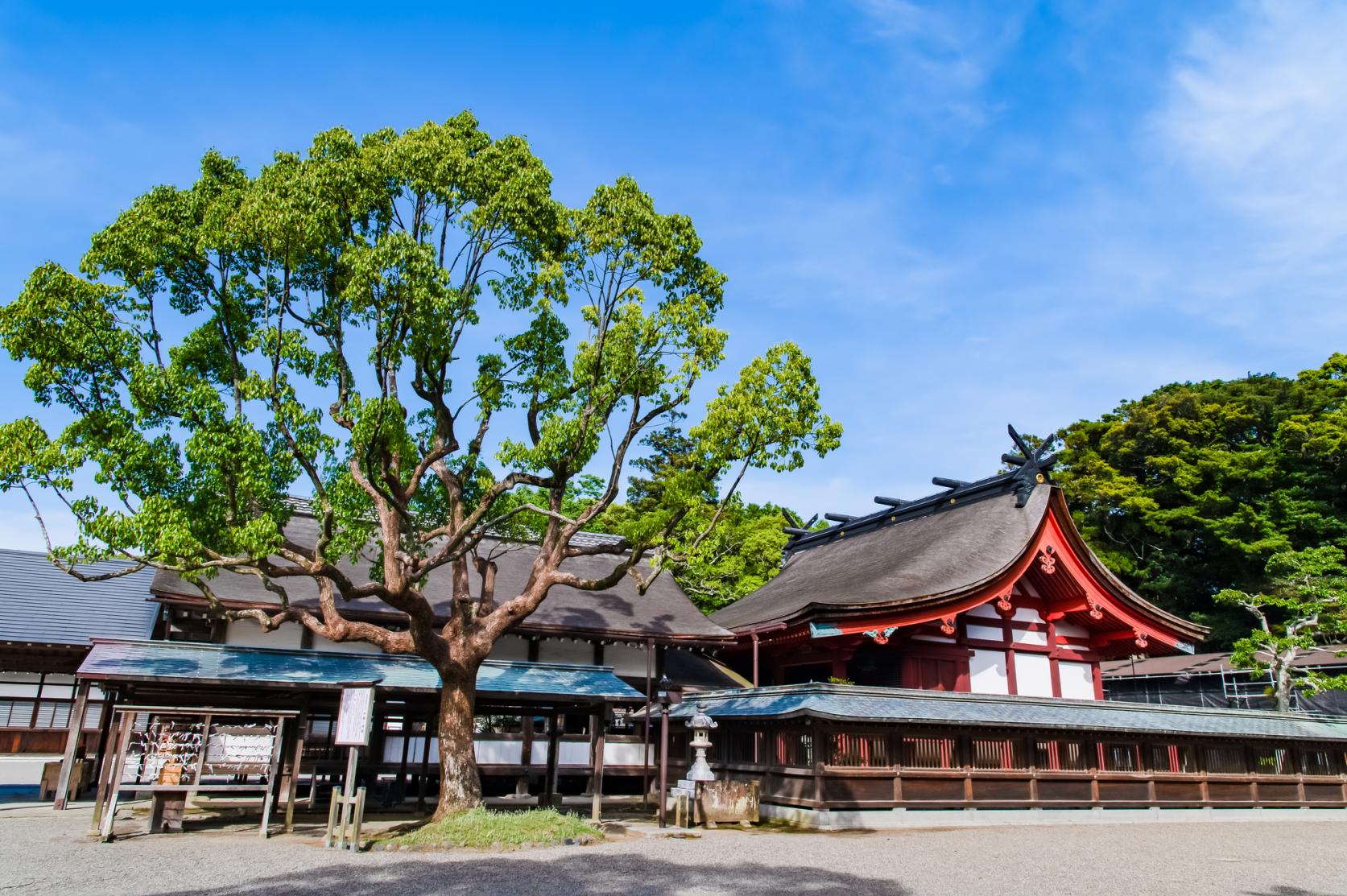
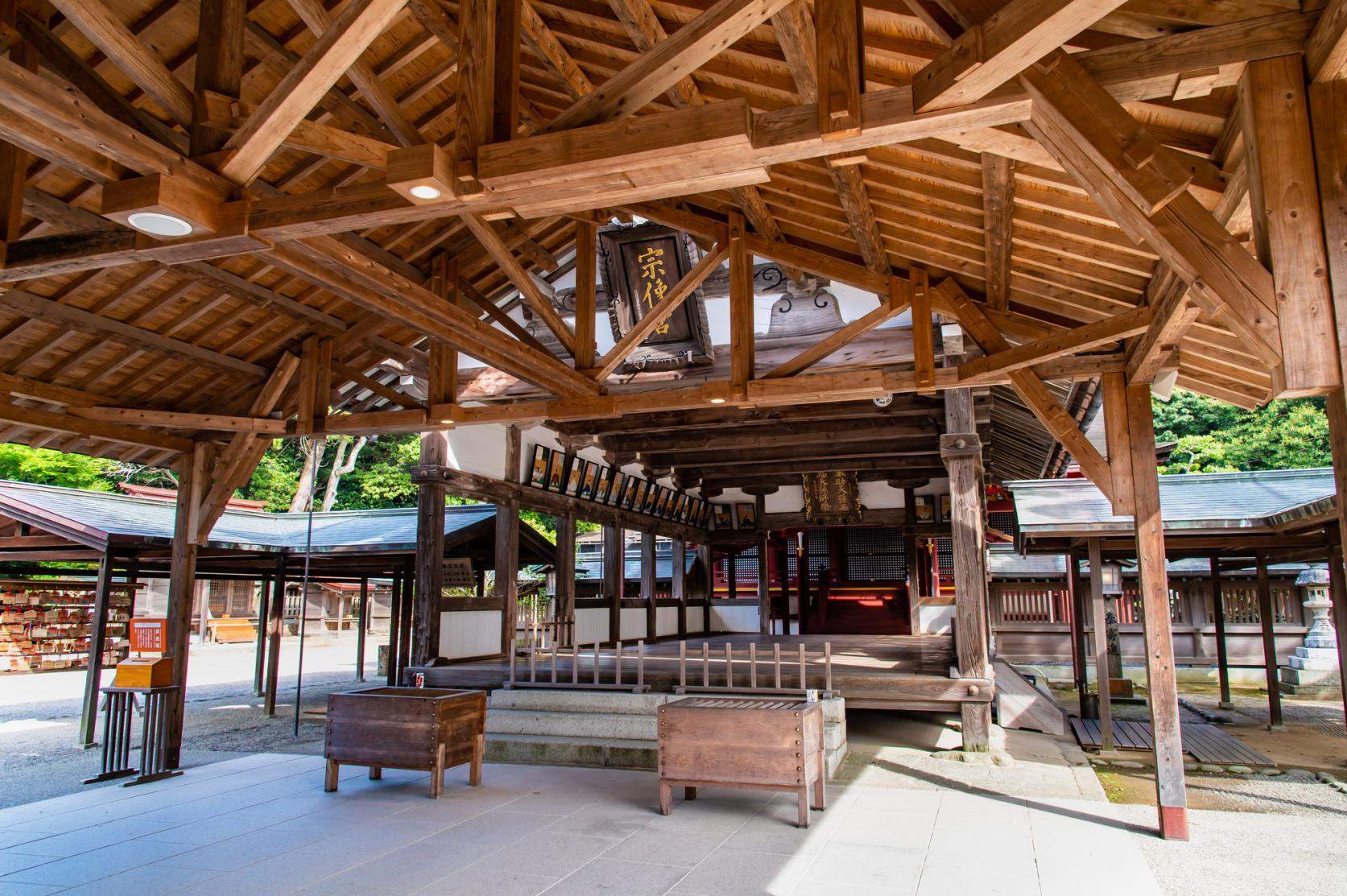
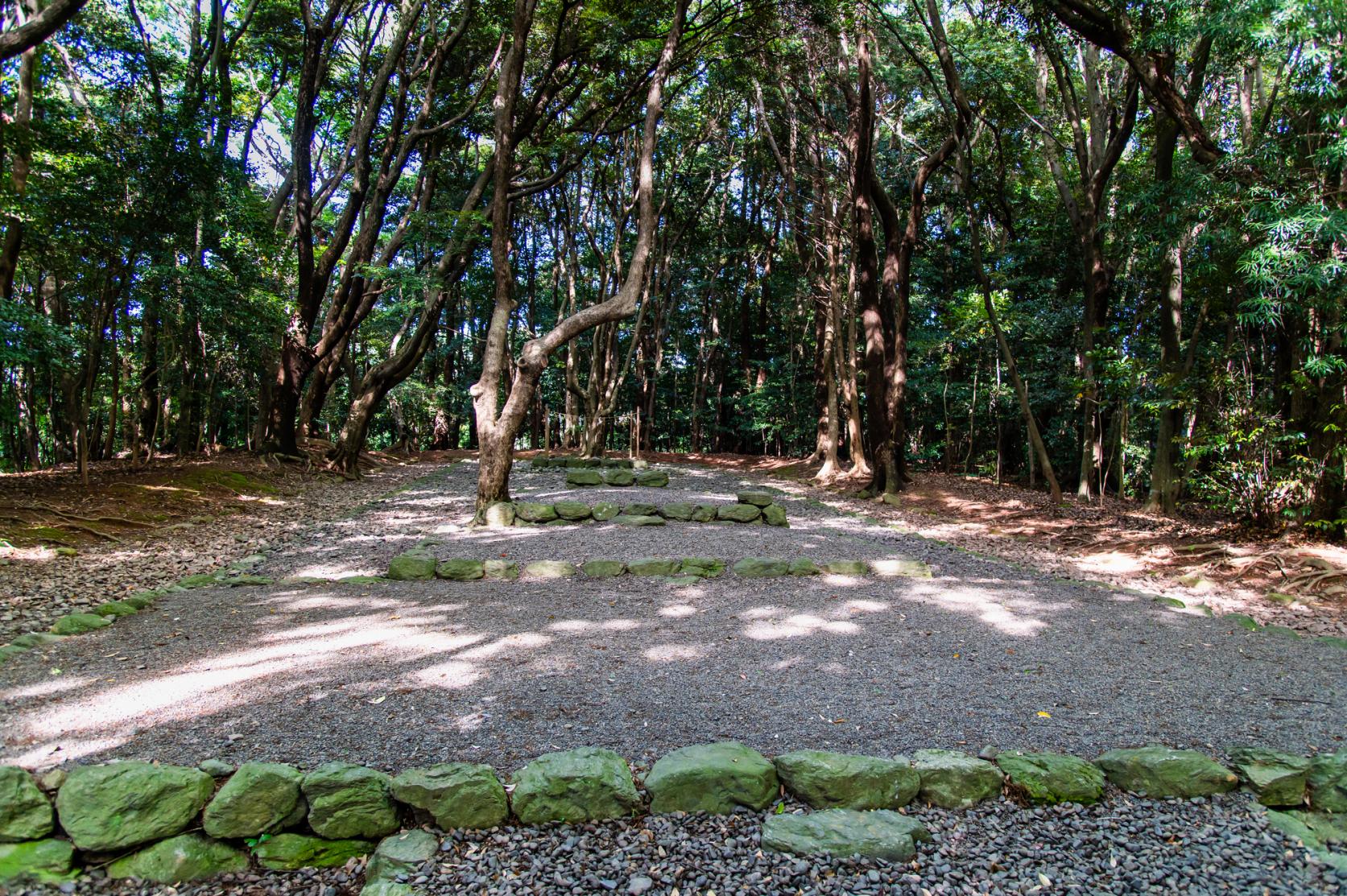
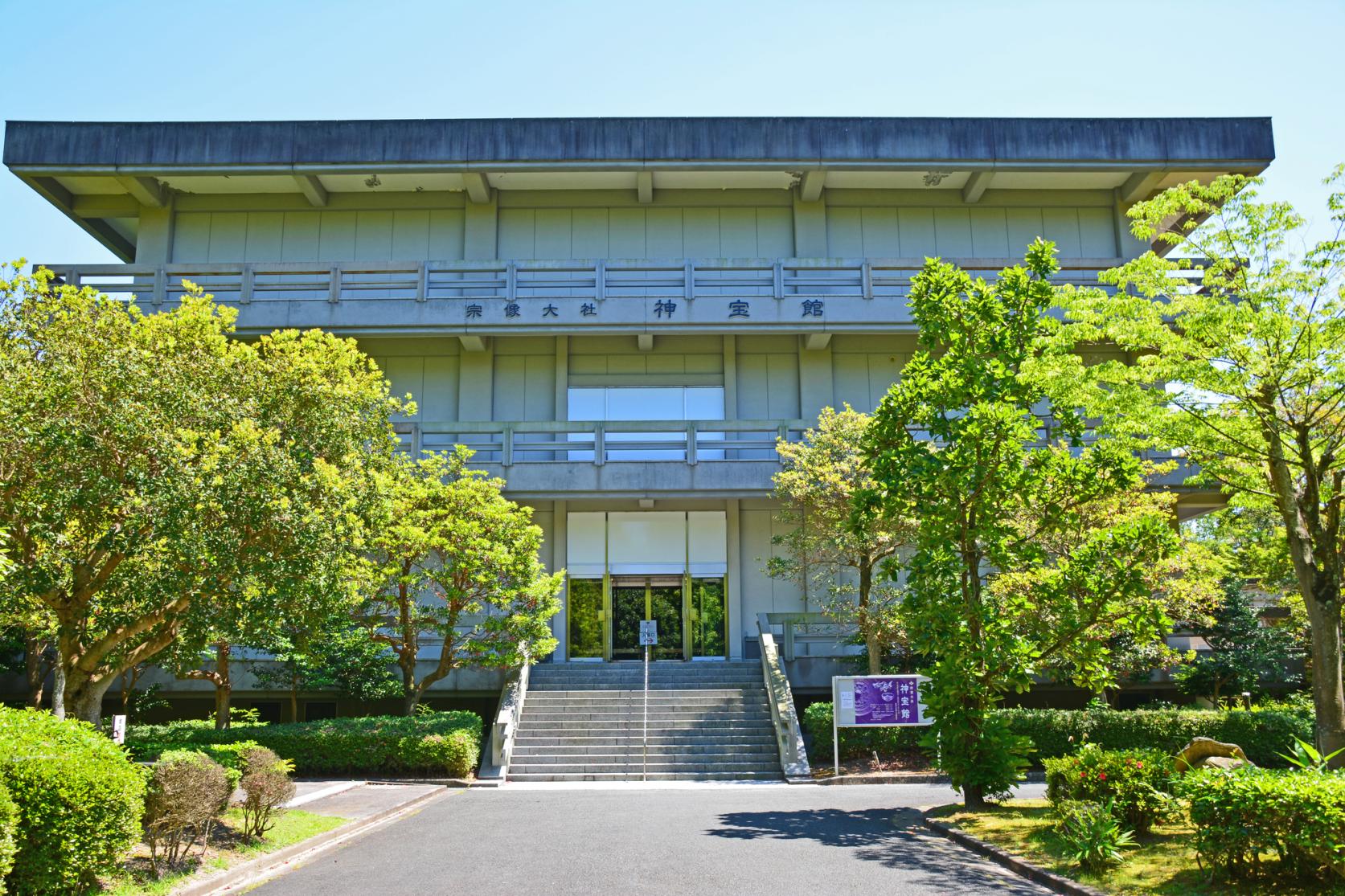
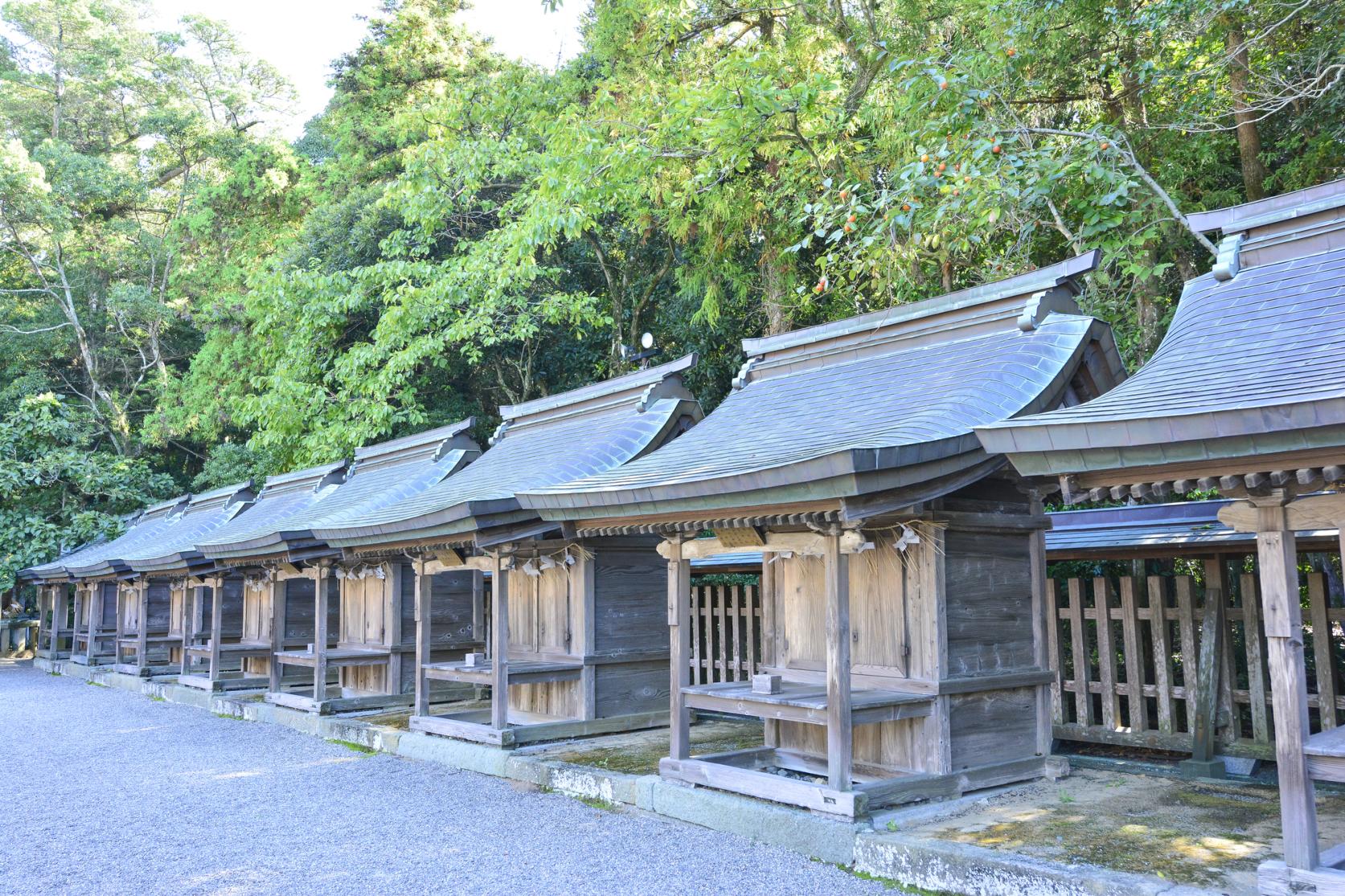
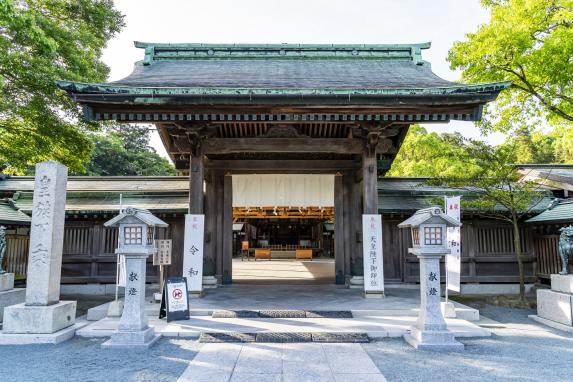
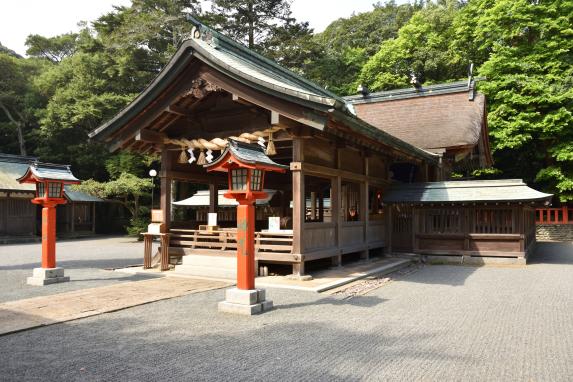
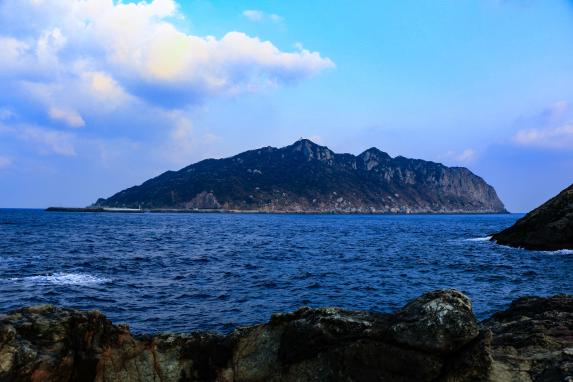
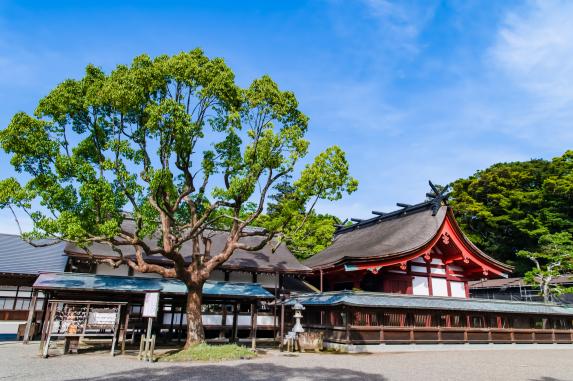
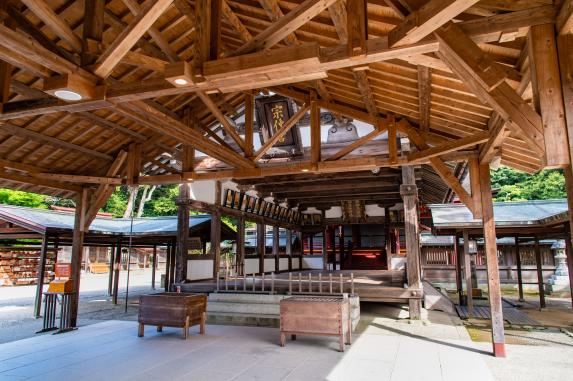
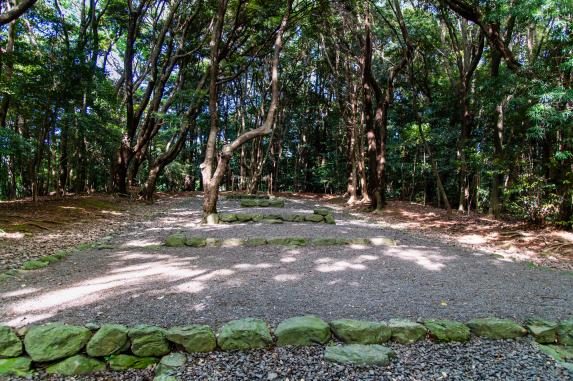
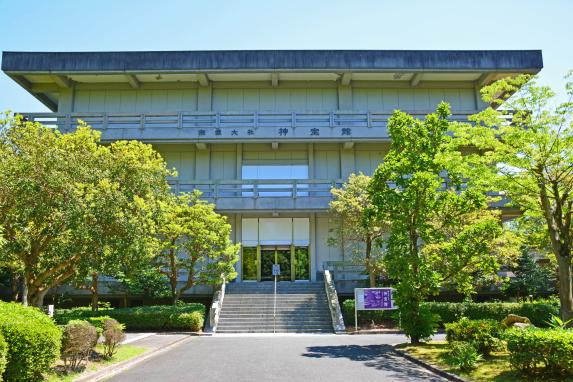
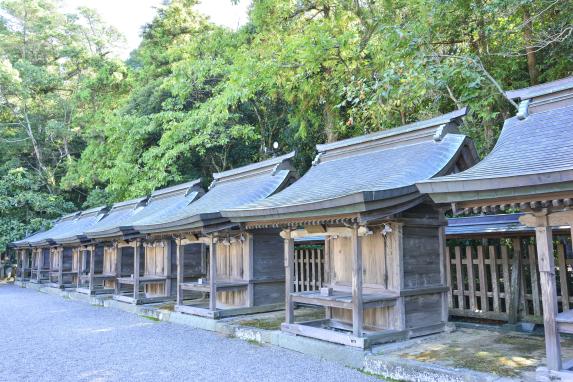
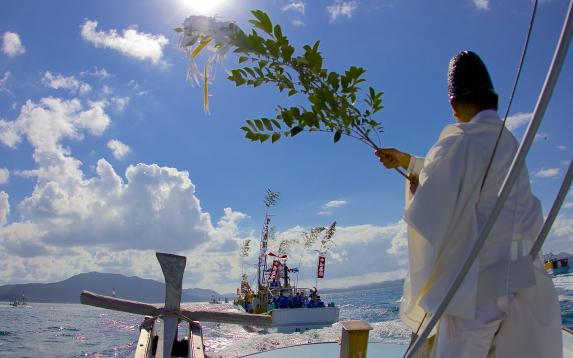
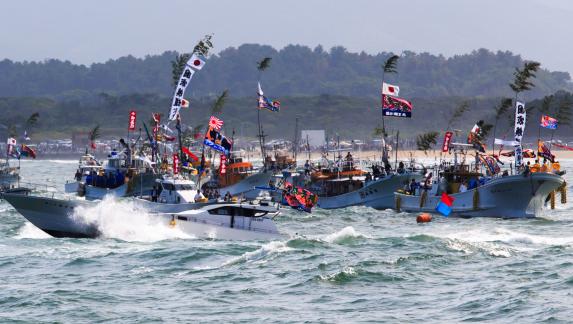
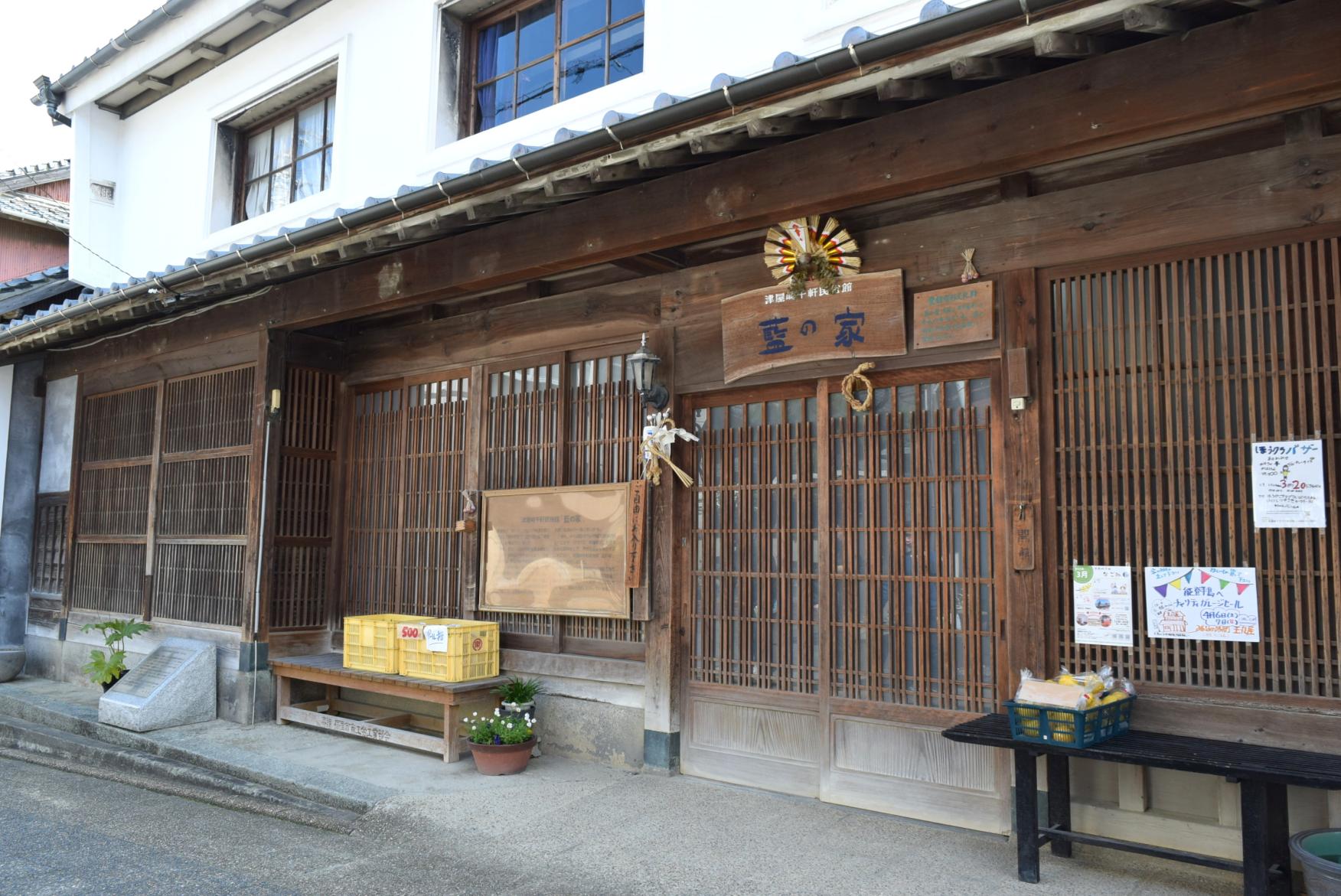
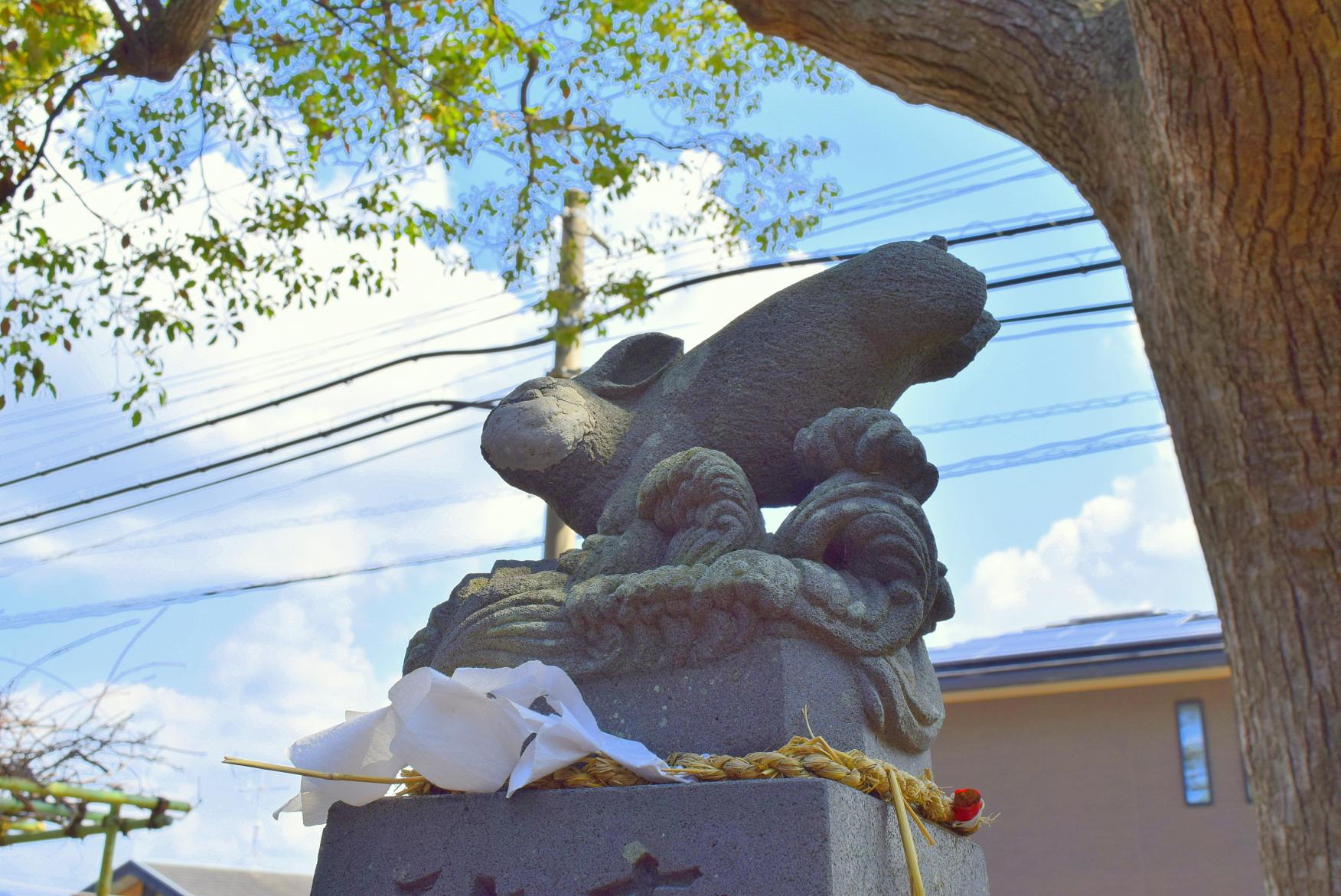
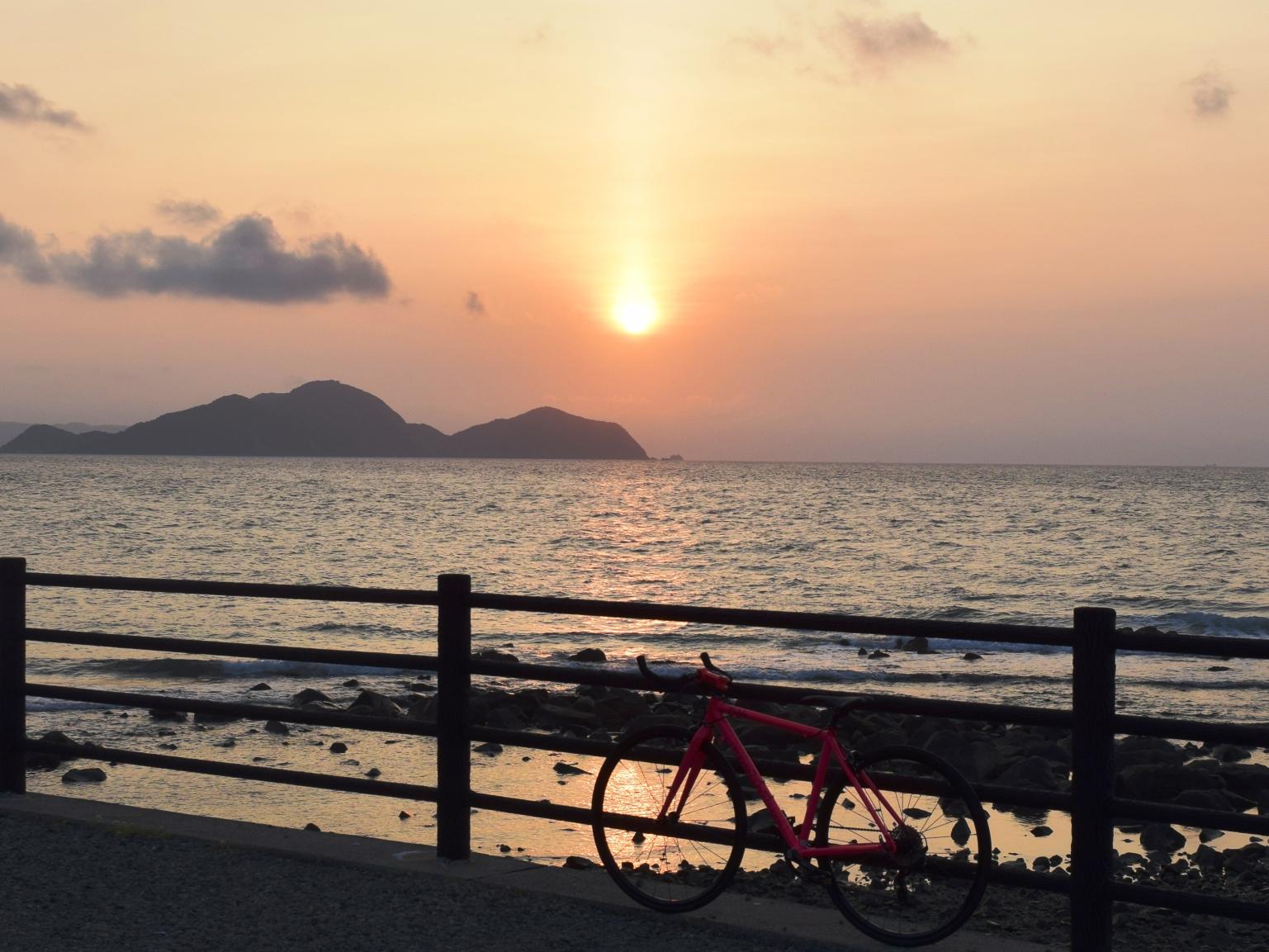
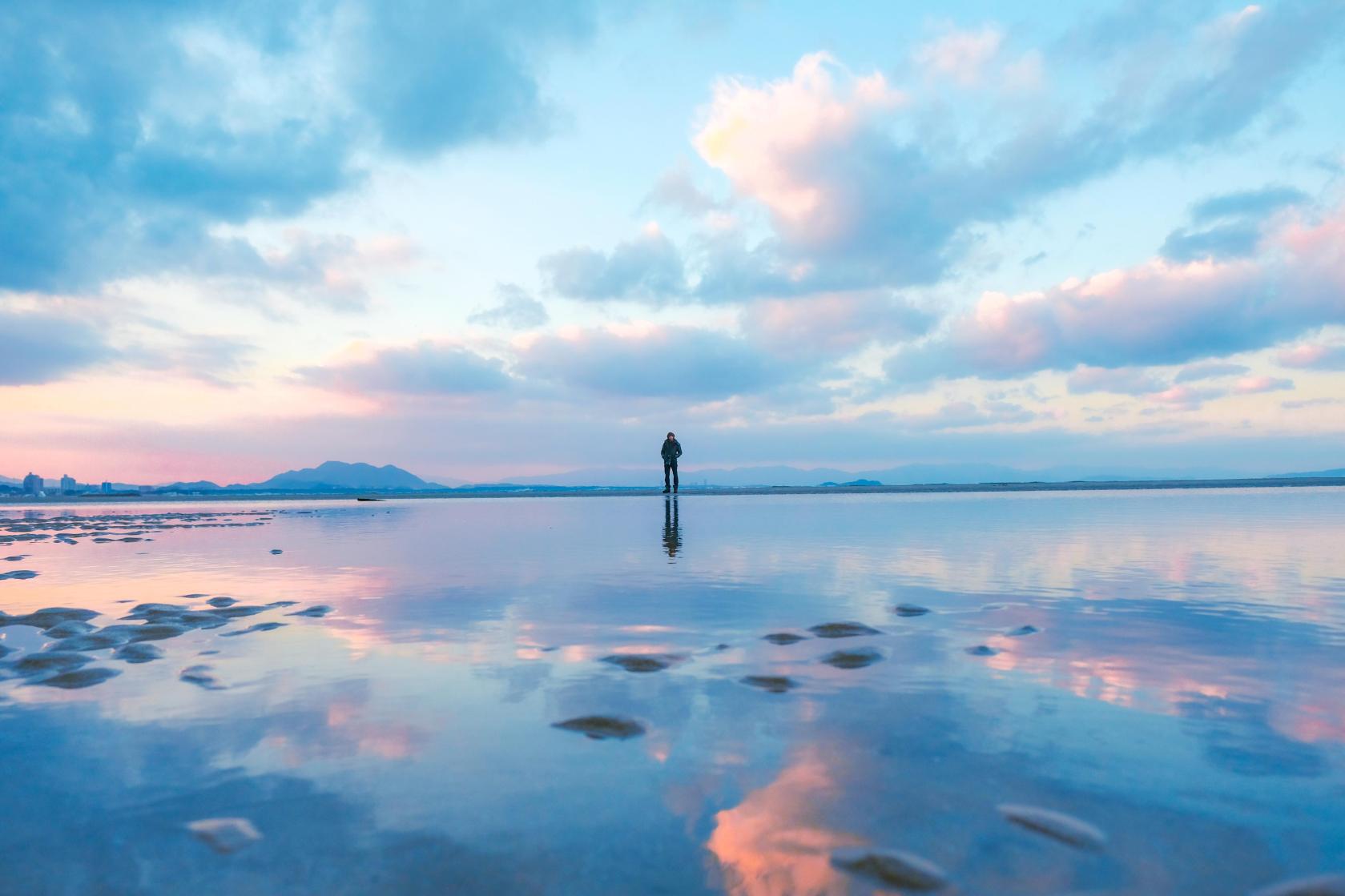
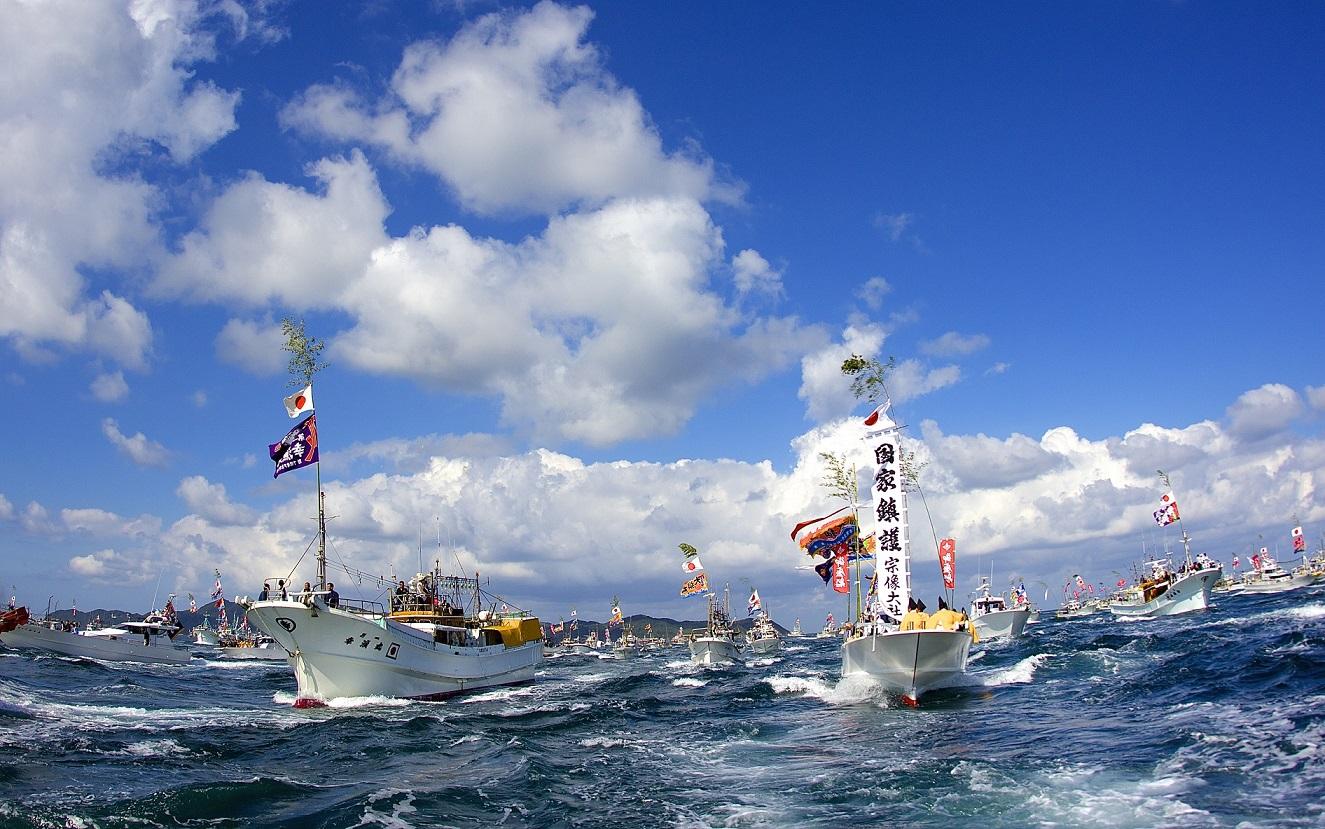
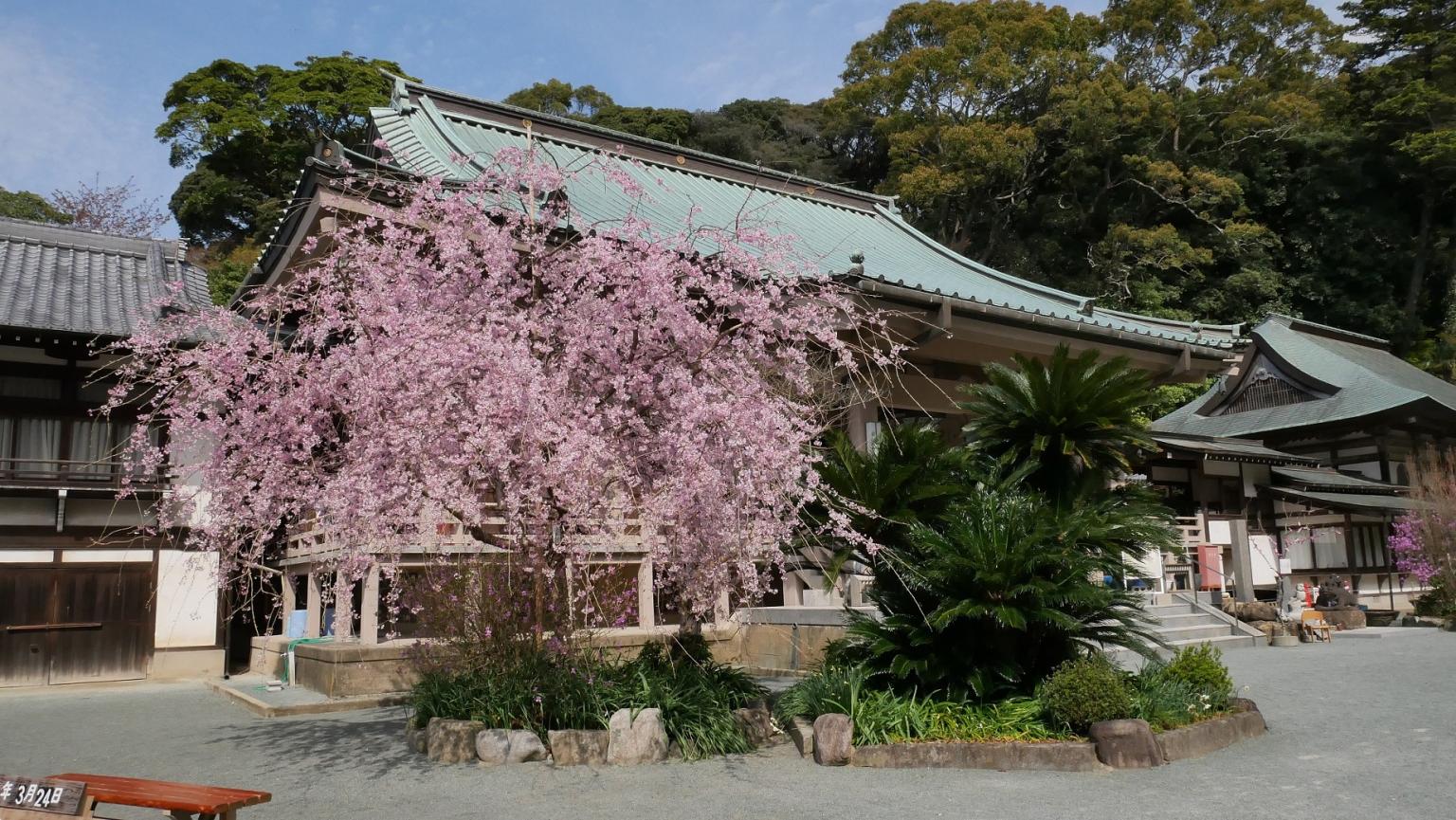
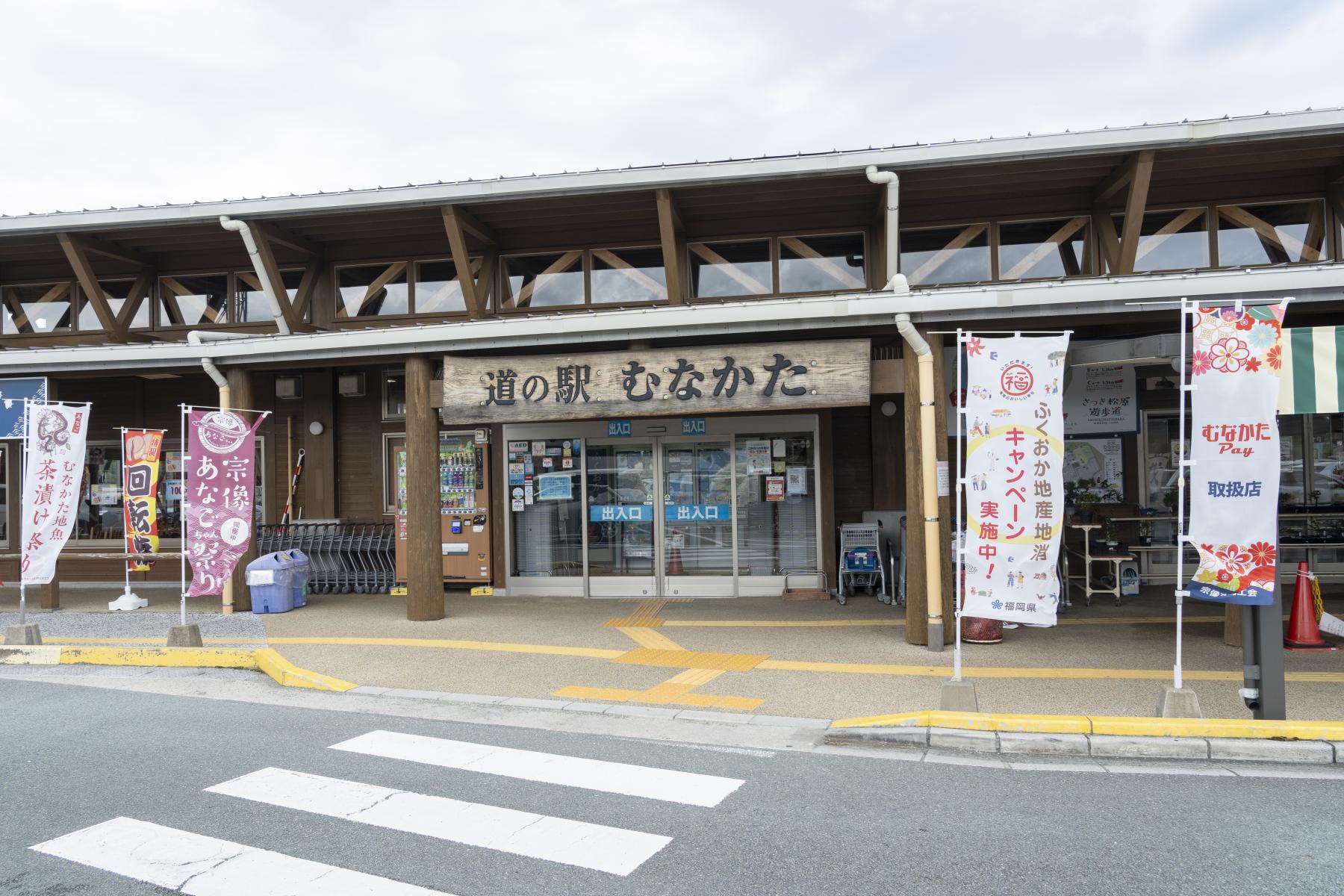
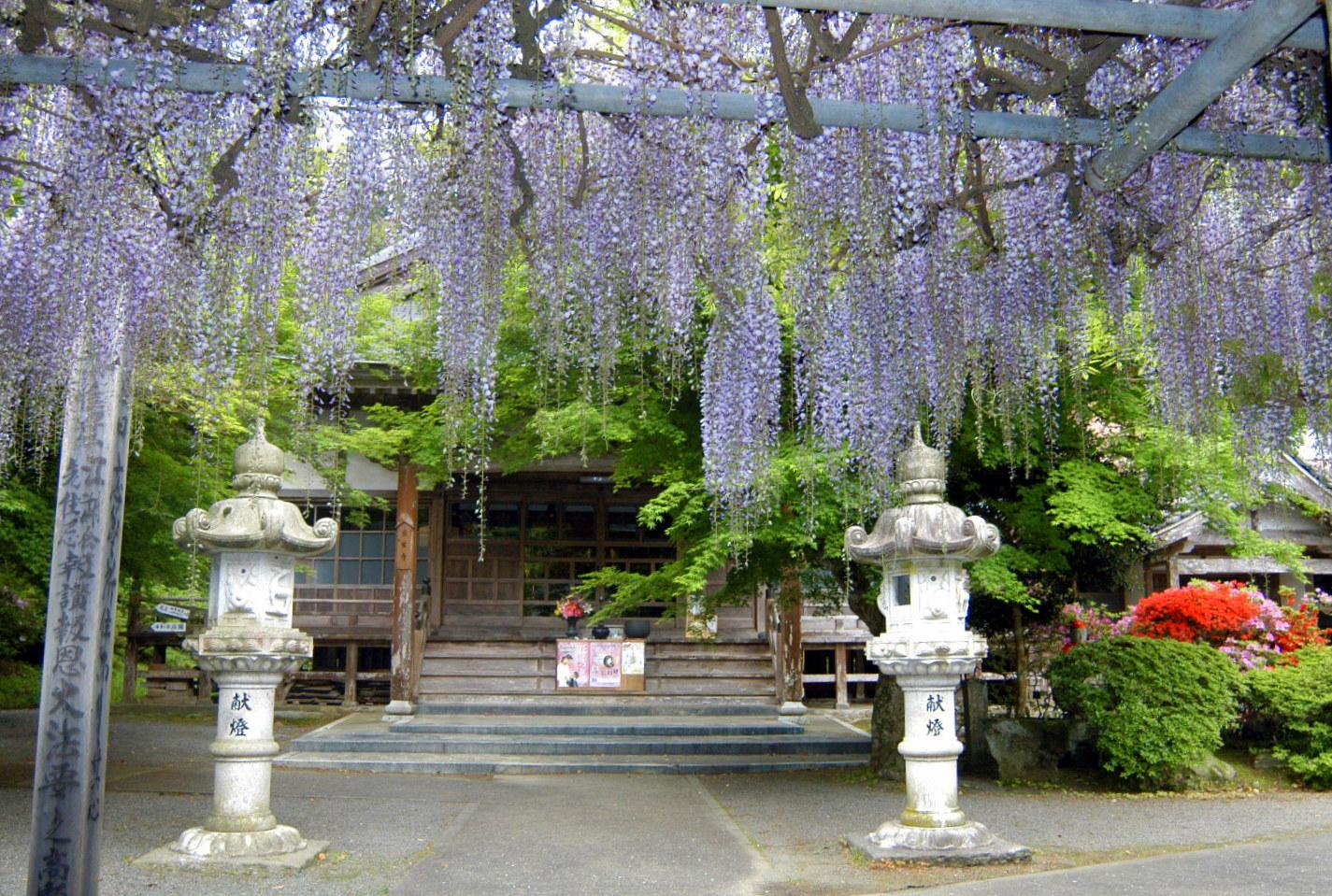
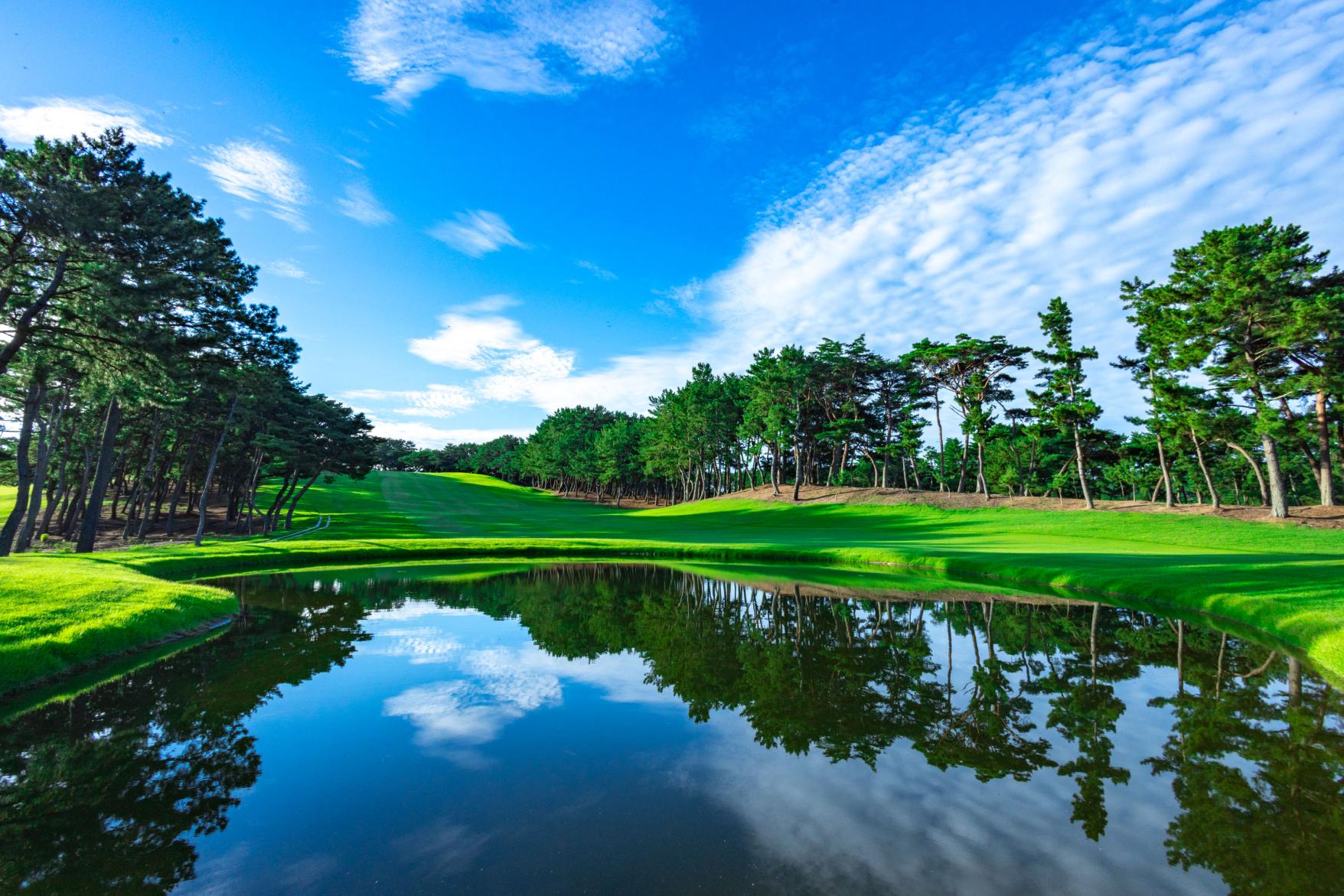
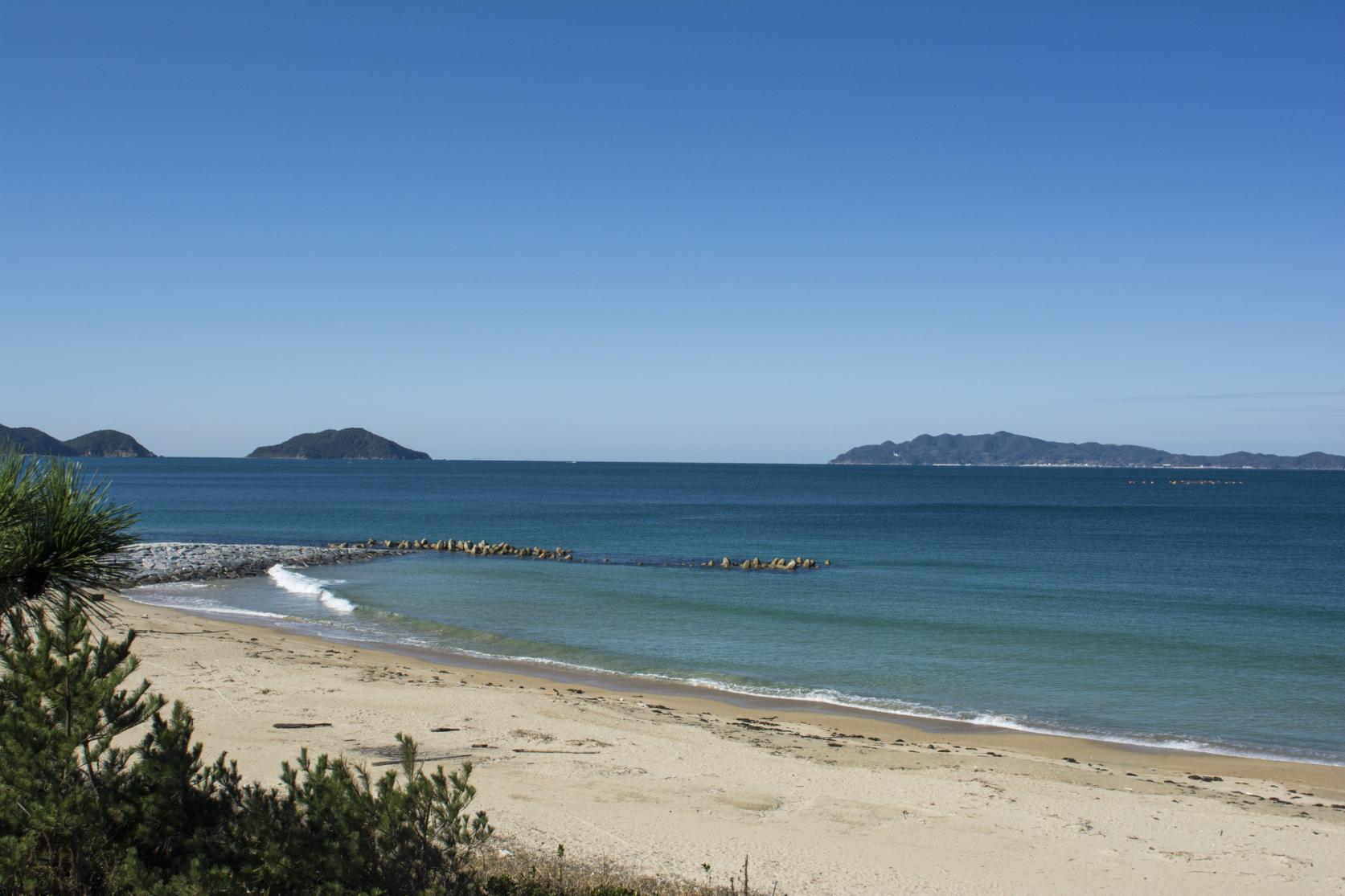

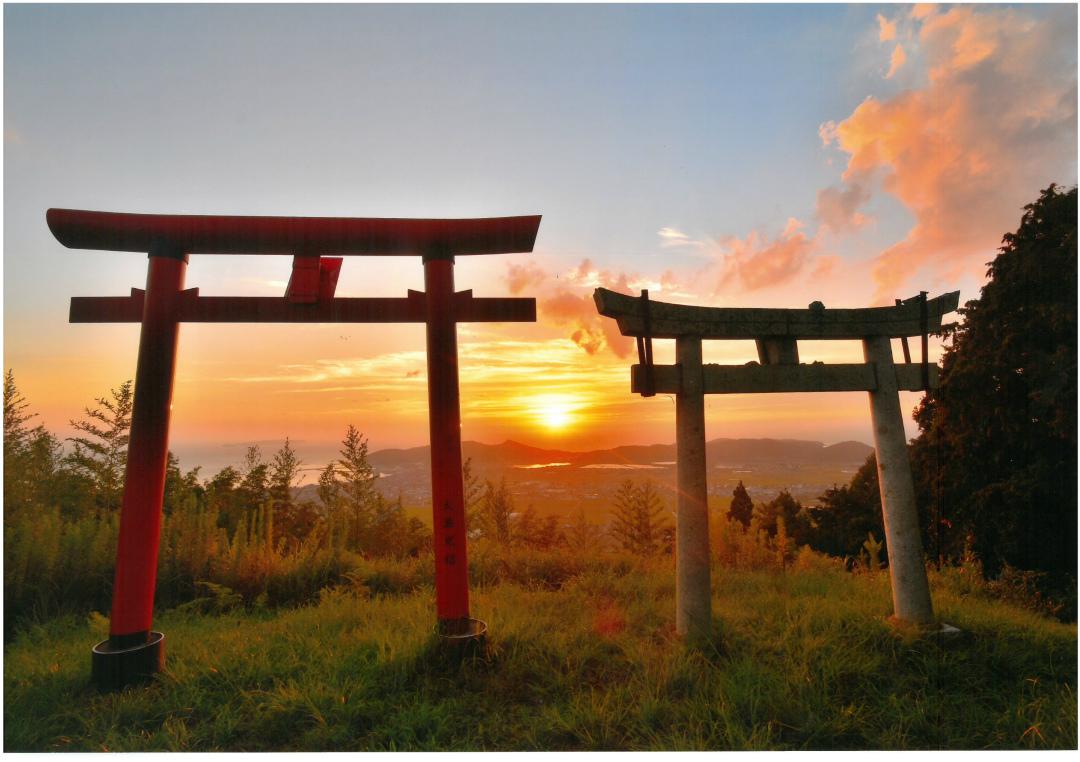
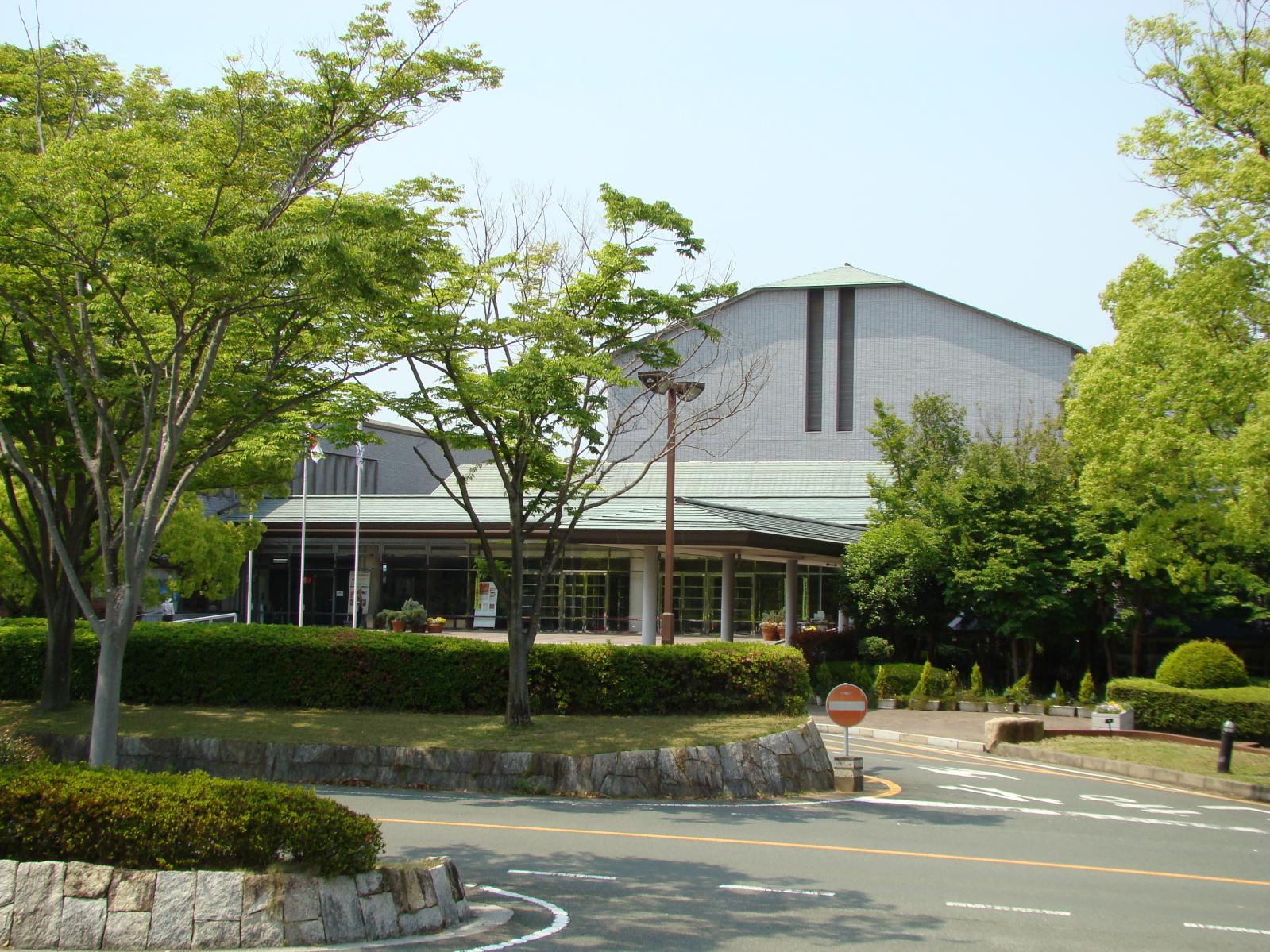
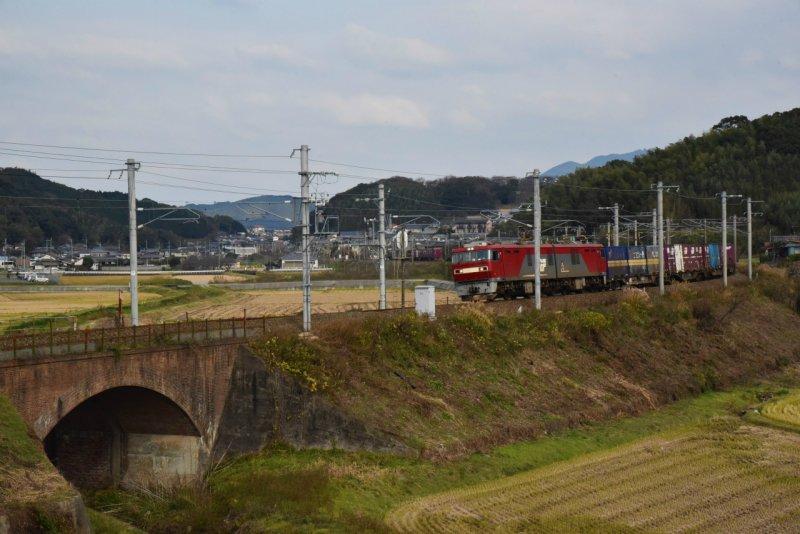
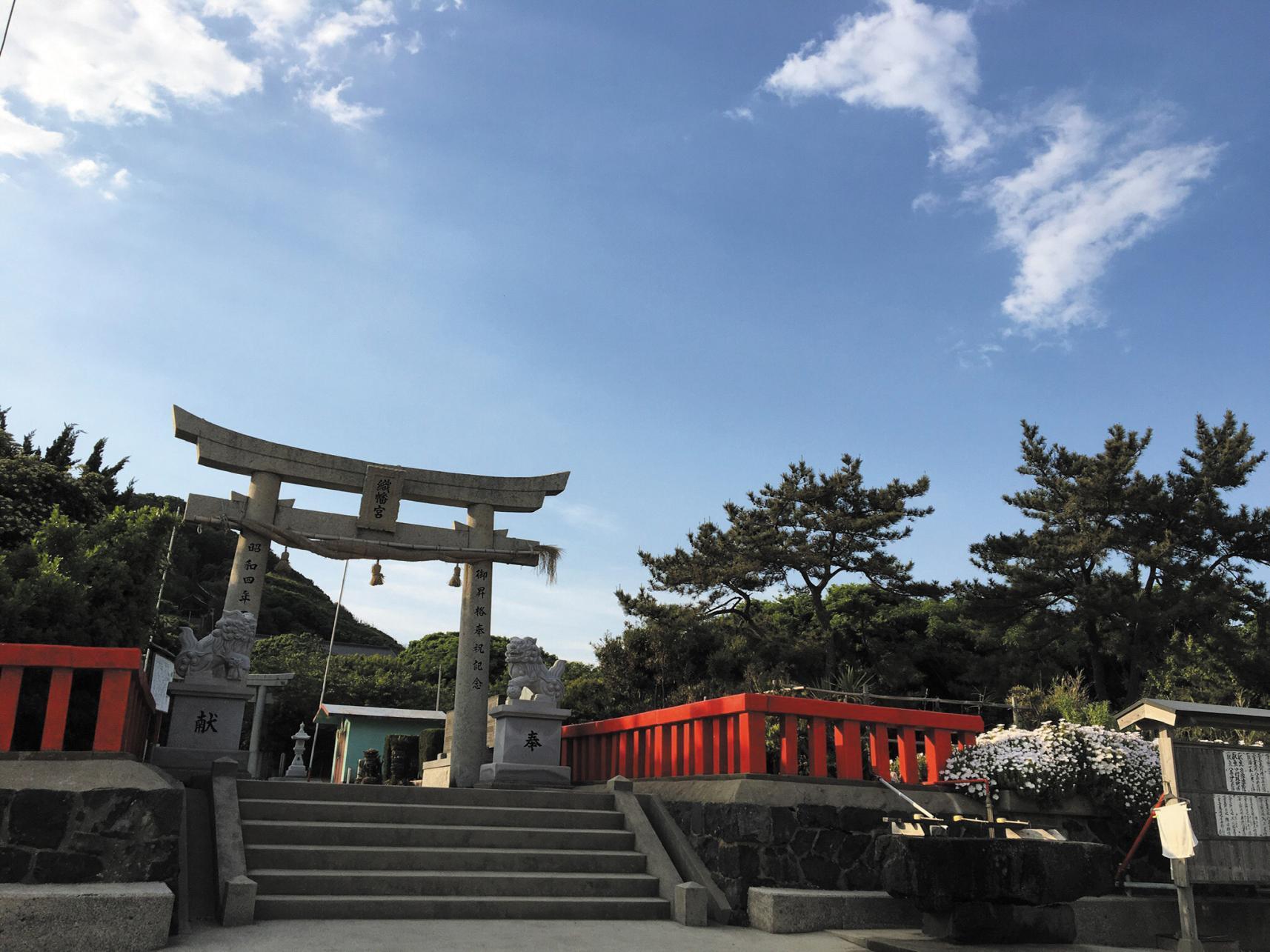
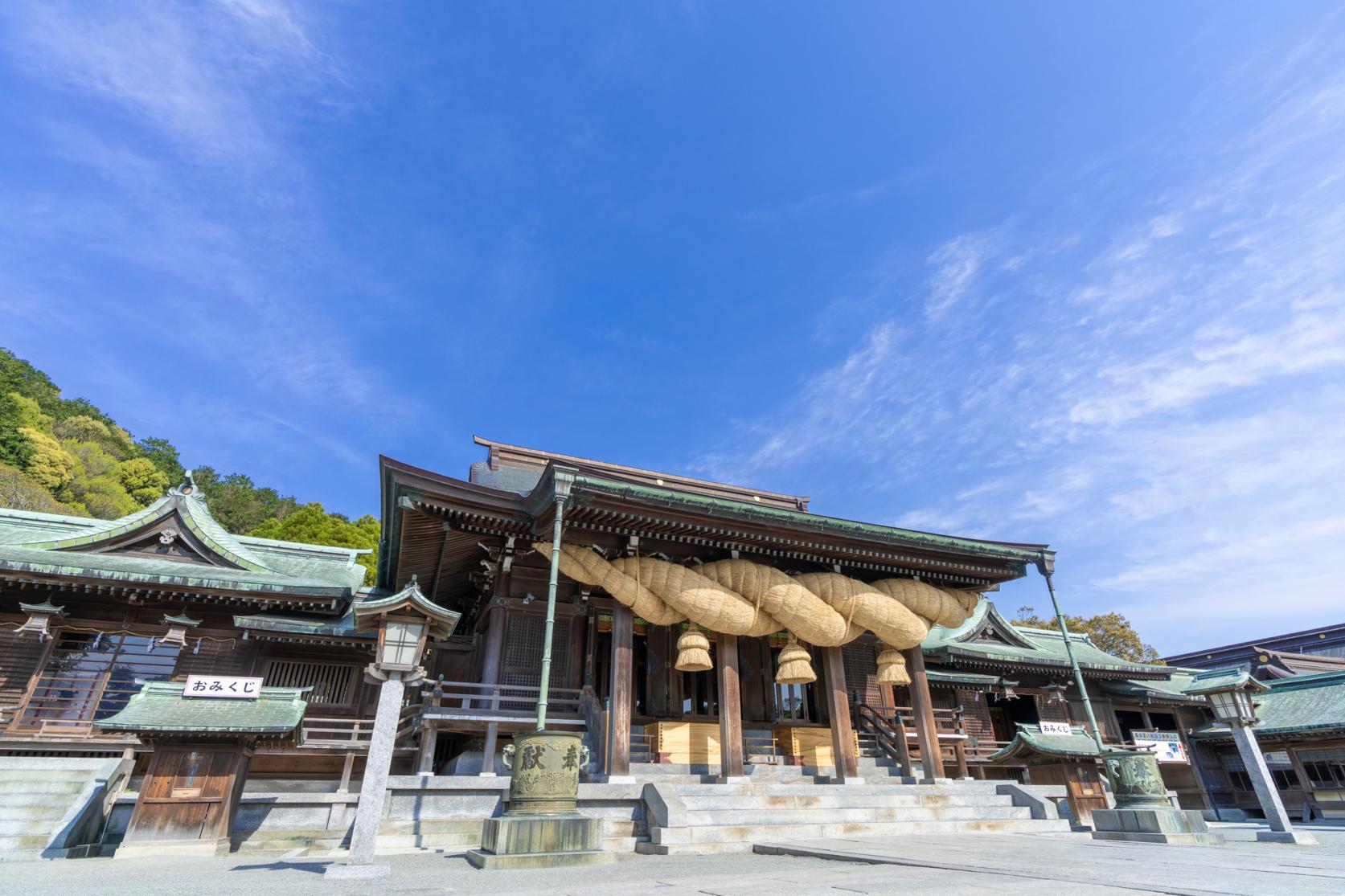
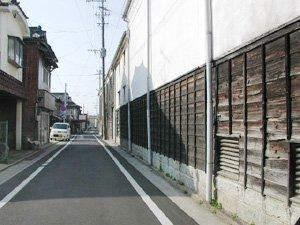
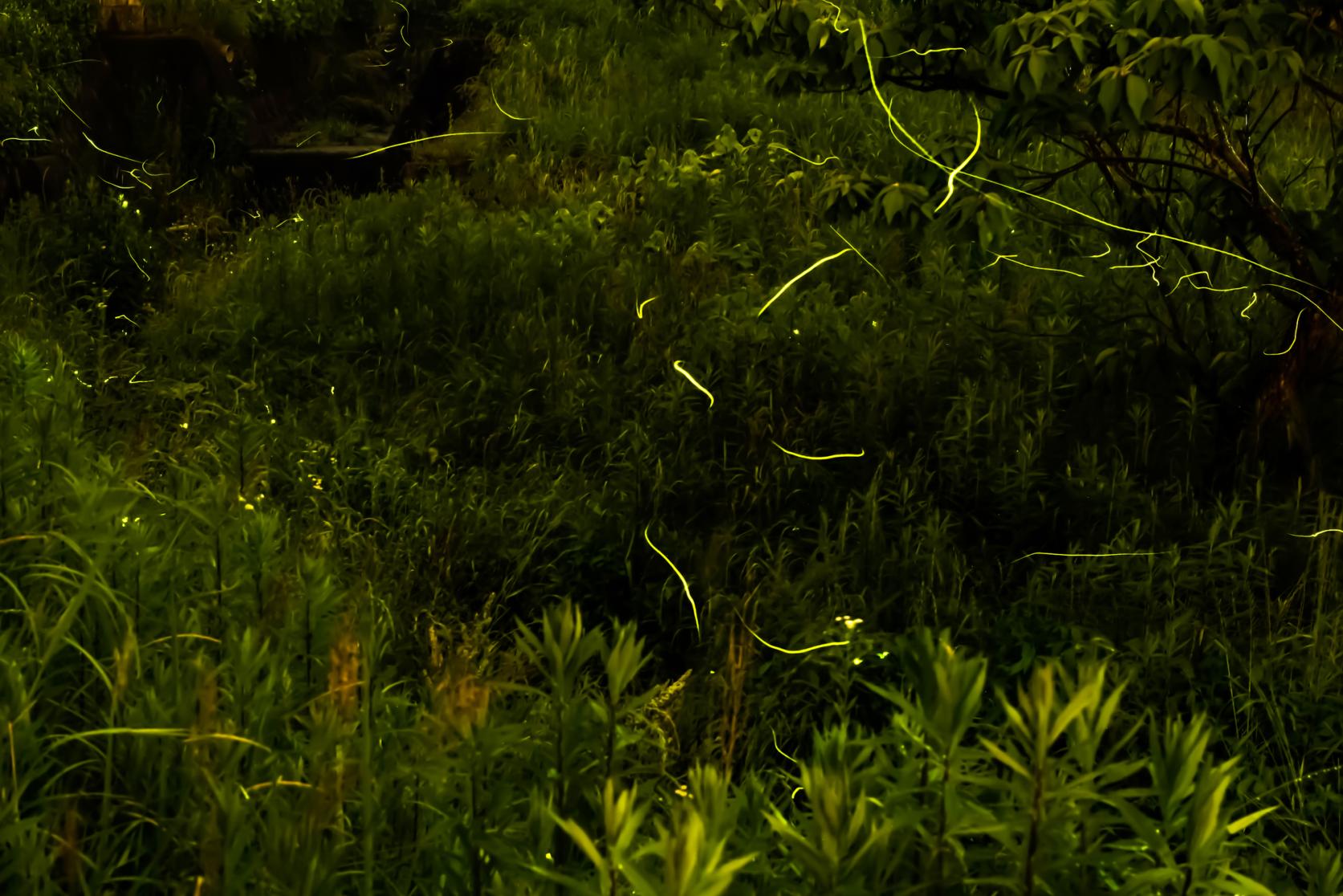
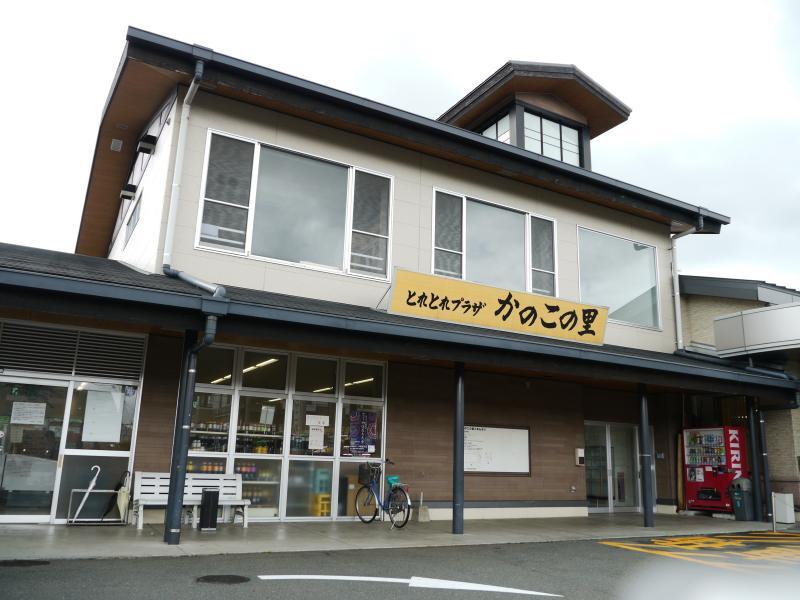
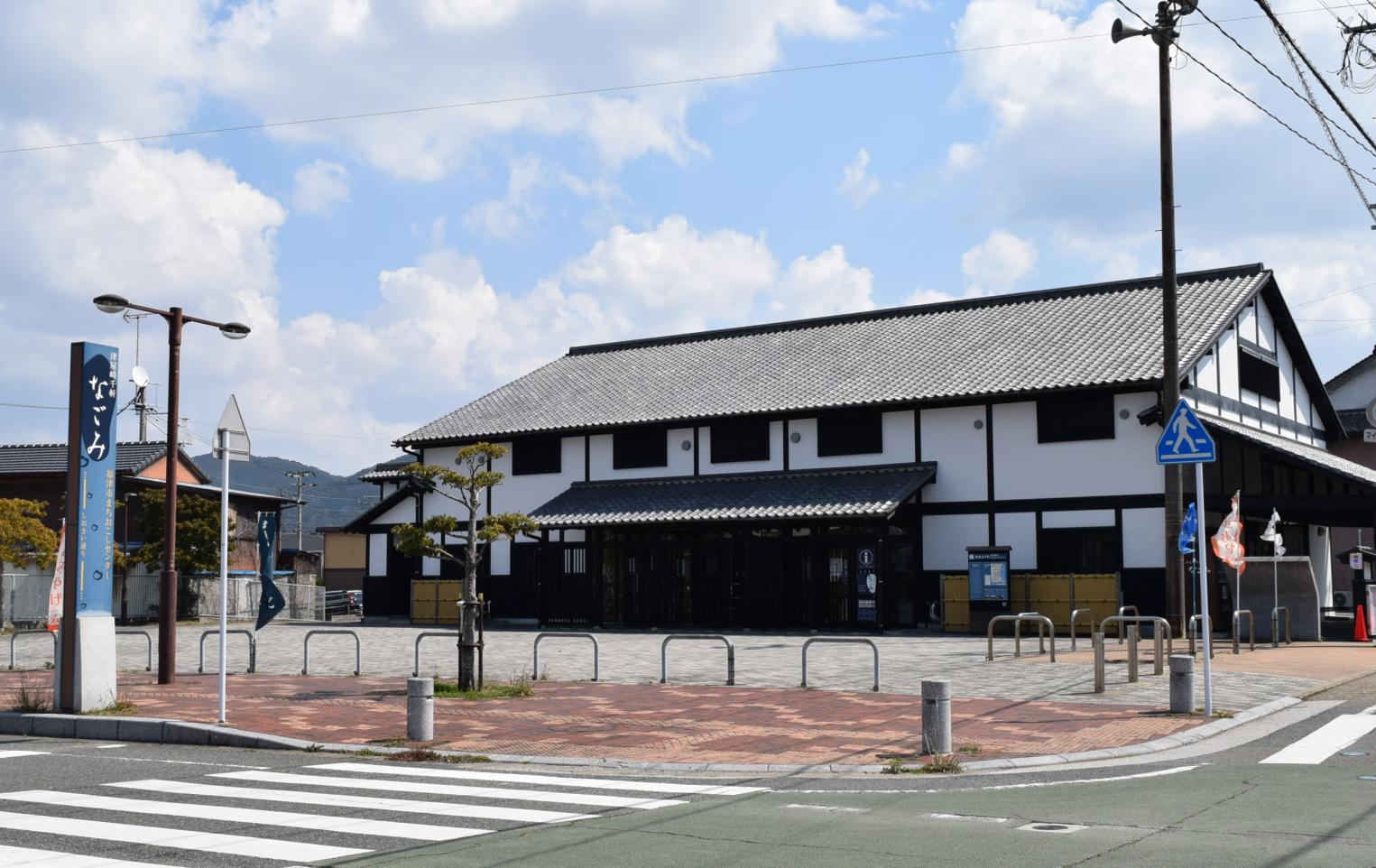
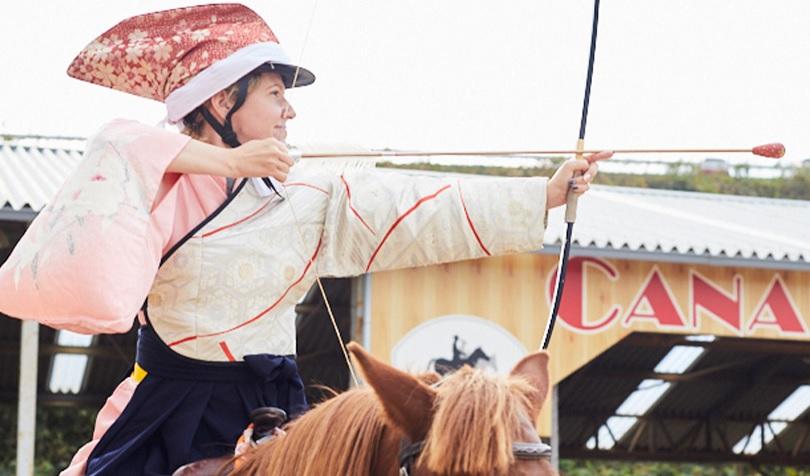
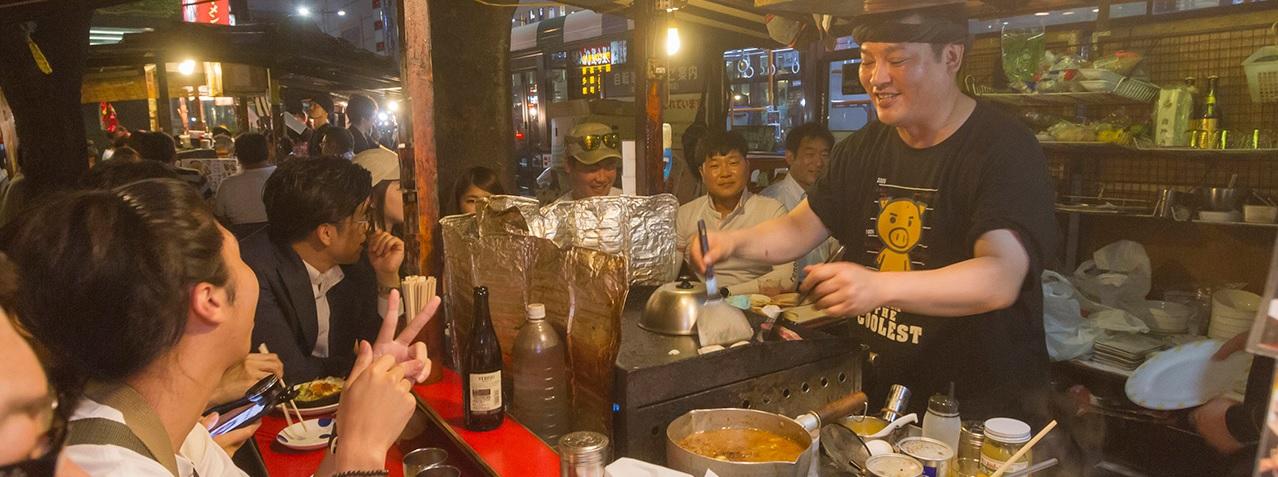
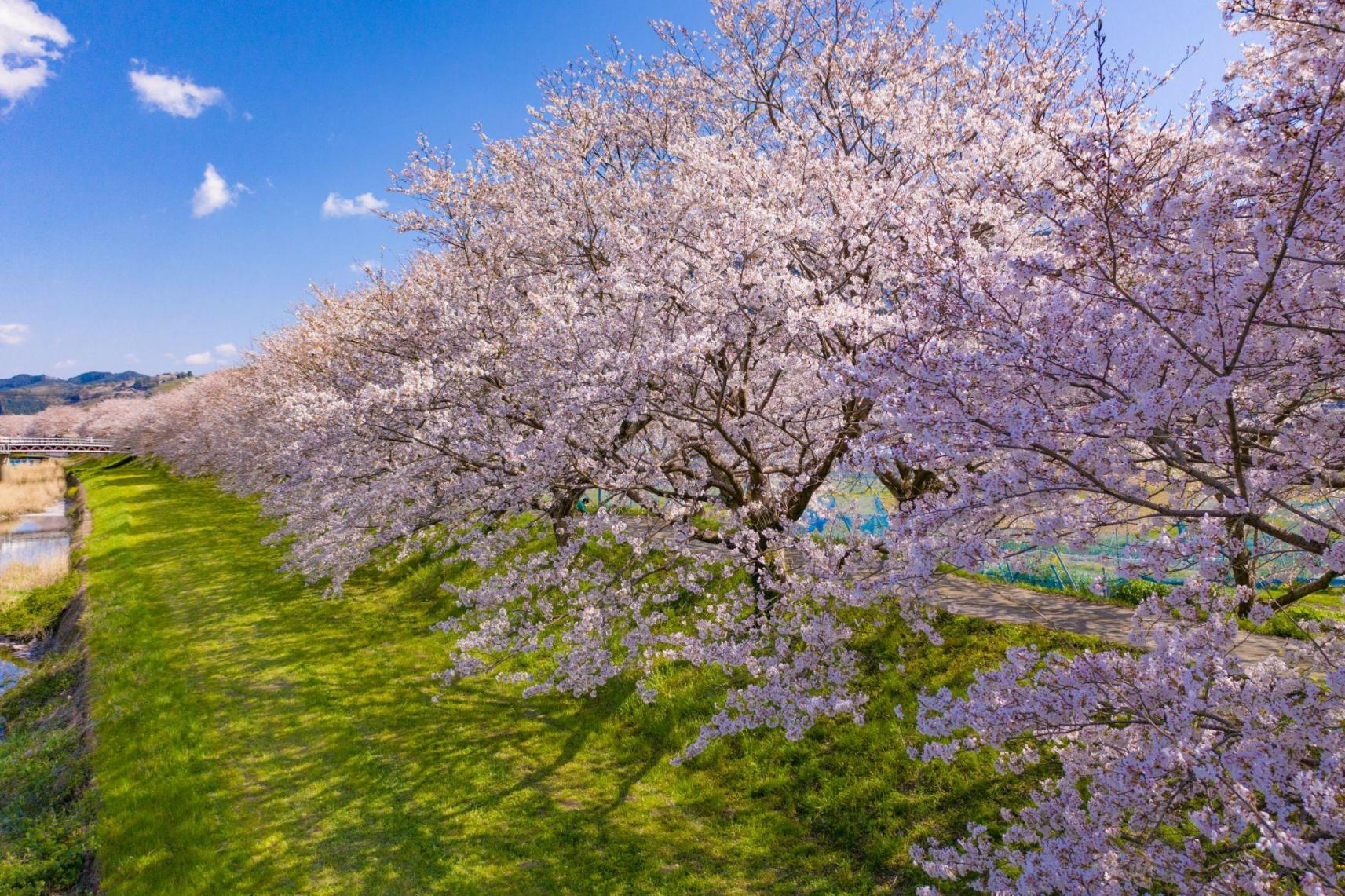

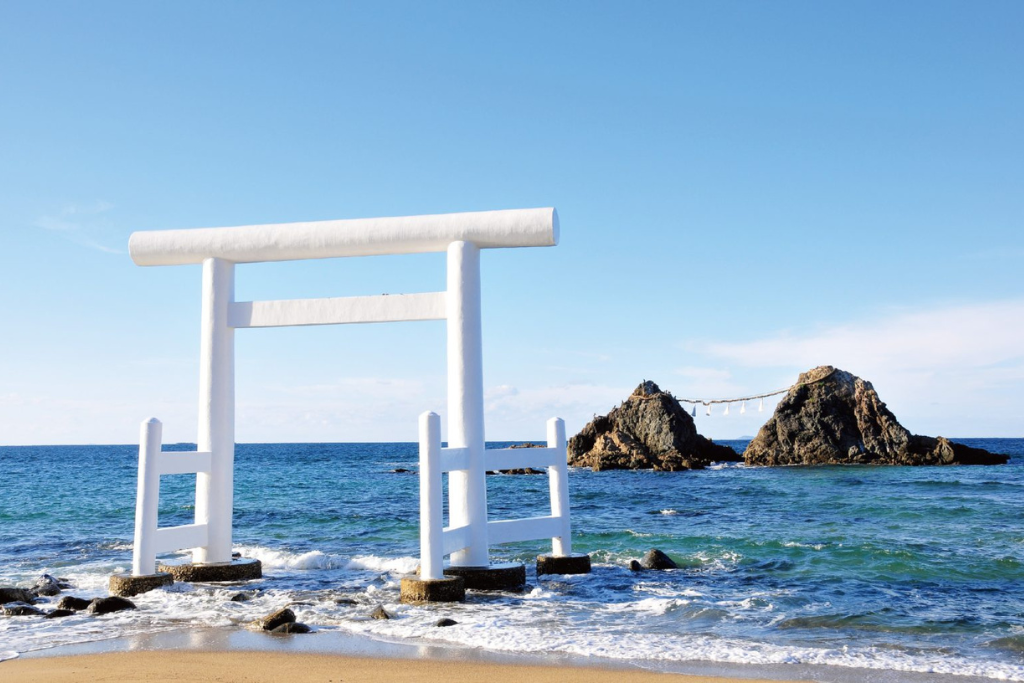



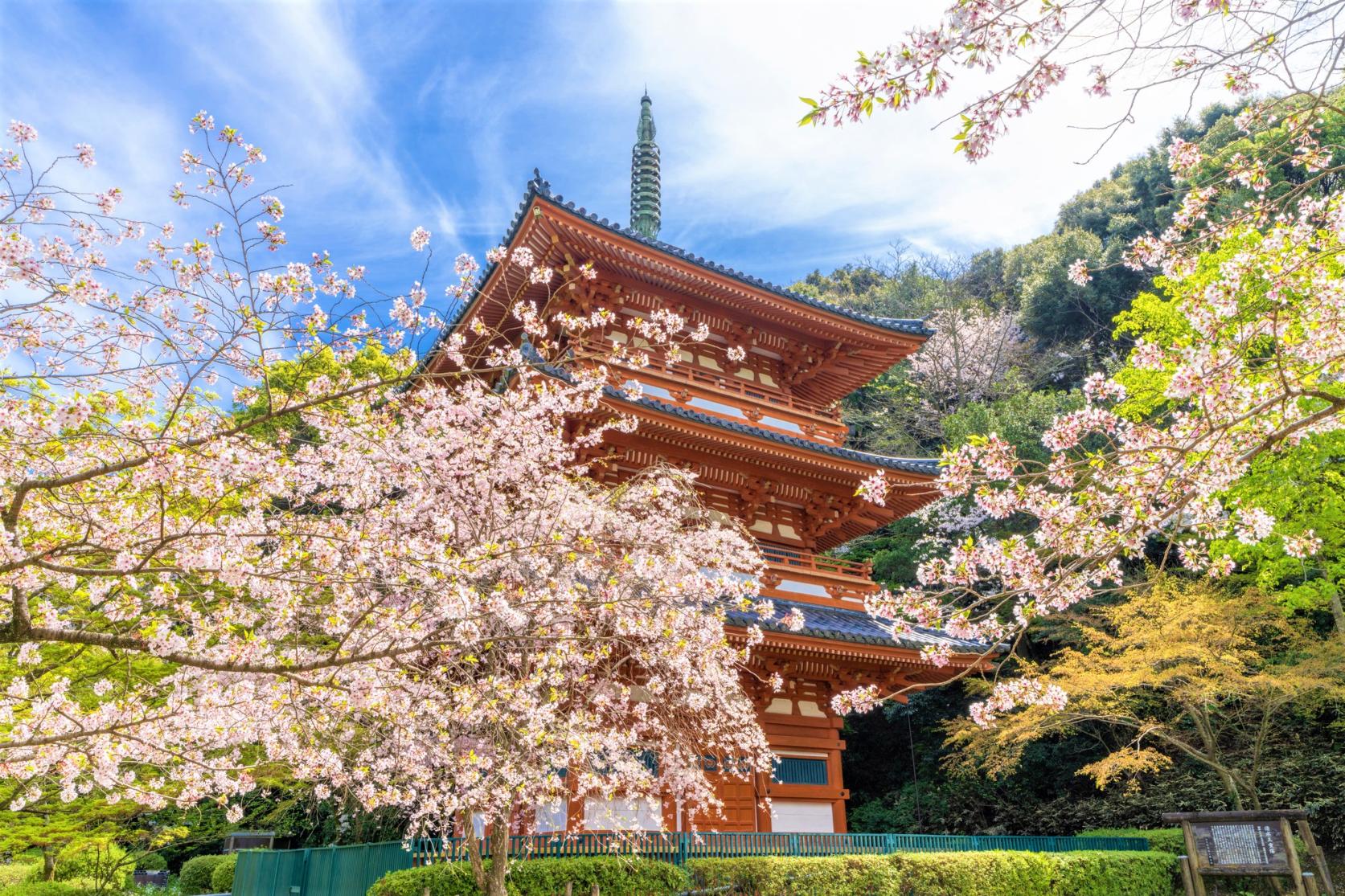
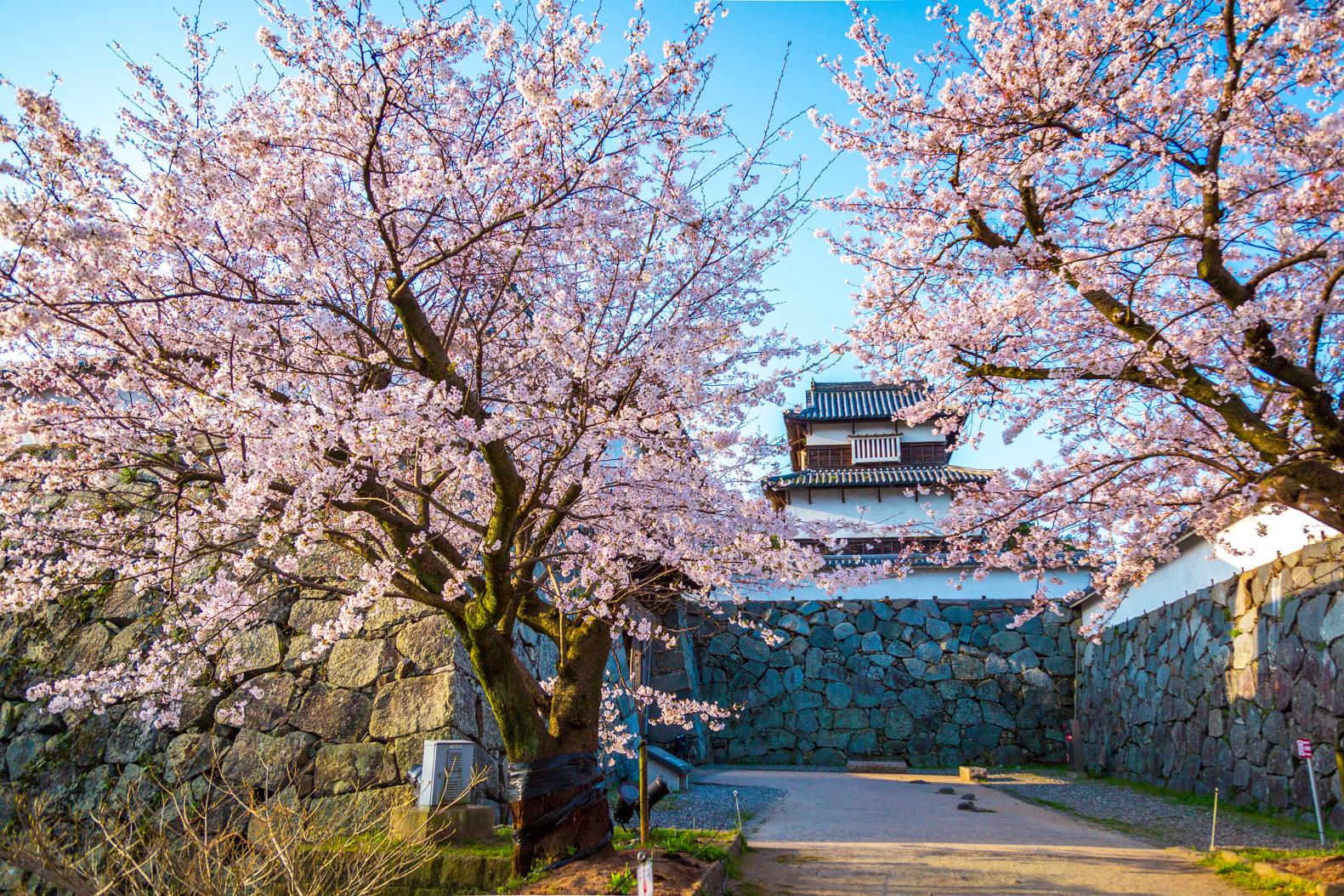
![[2025 Edition] The Best Places to See Cherry Blossoms in Fukuoka](https://www.crossroadfukuoka.jp/storage/special_features/38/responsive_images/q0hE9tjduBiHqz9D4hlPG9Rx4qnsyGjp3aFupoG1__1673_1115.jpg)

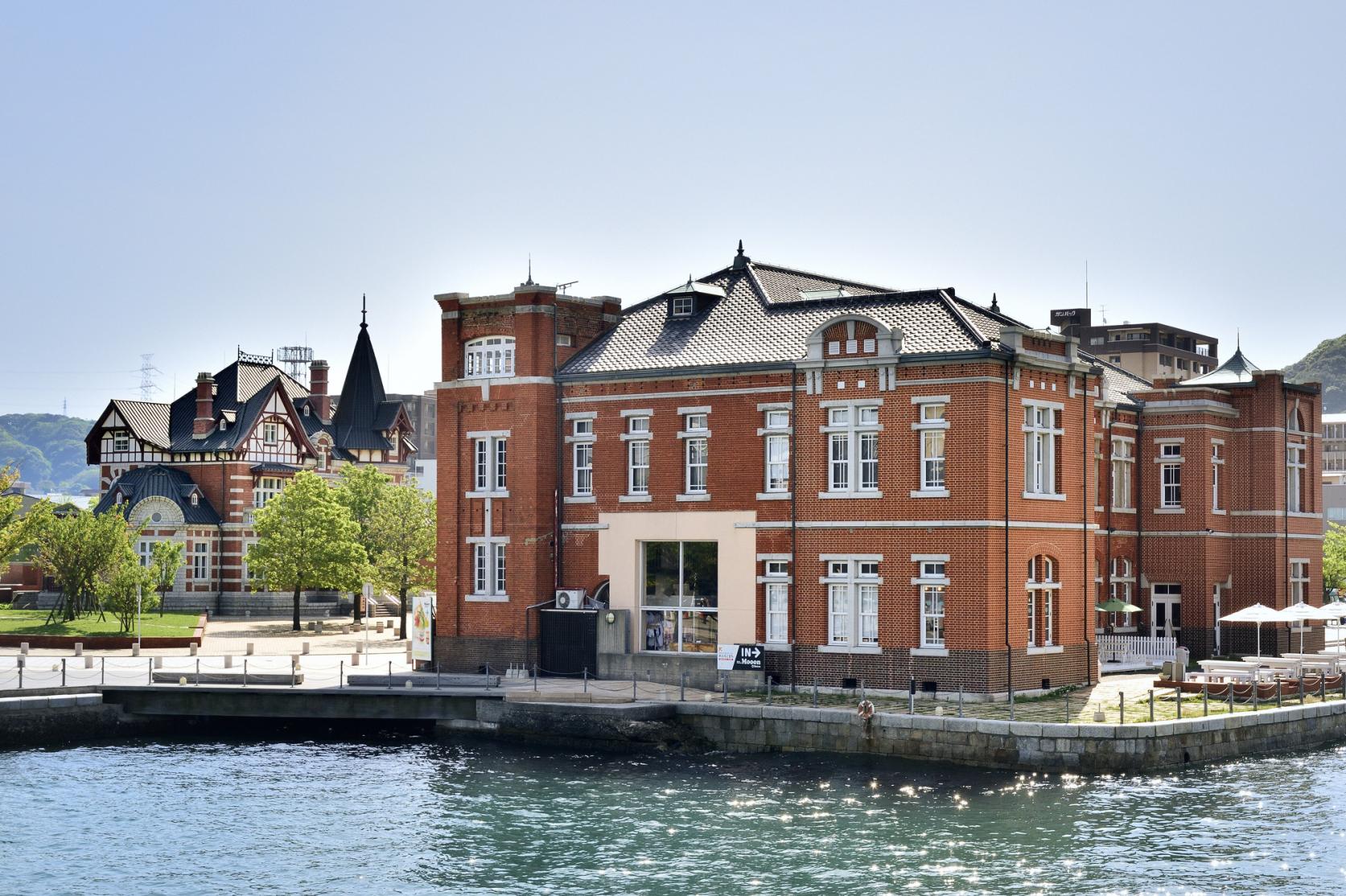
![[2025 Edition] Strawberry Picking Spots in Fukuoka](https://www.crossroadfukuoka.jp/storage/special_features/49/responsive_images/9ZHgrqvQdpH8tM4IRF54DXu0aPBF3YGGkj5WOTGc__1673_1115.jpg)
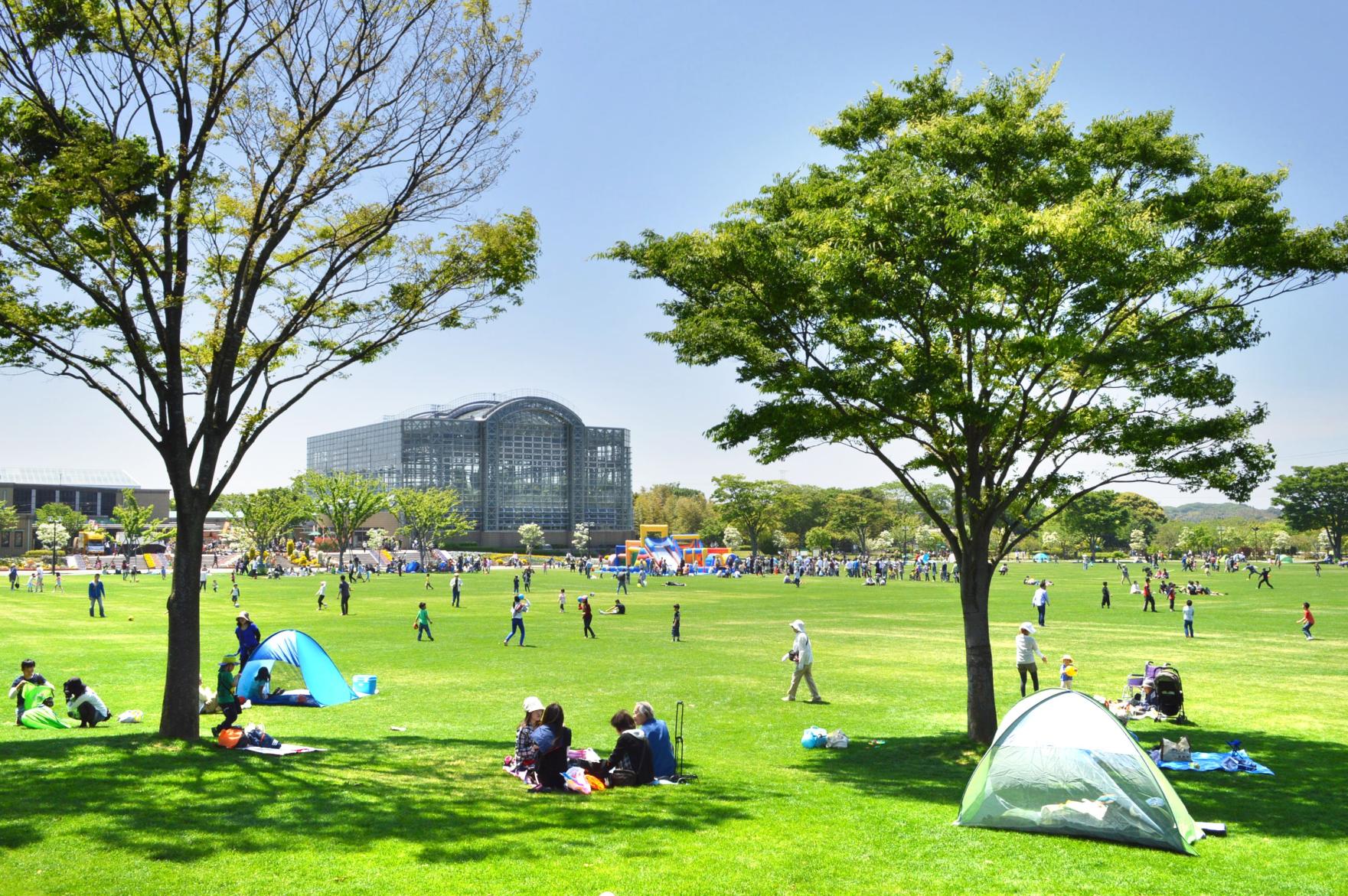

![[2024 Edition] Your Guide to Fukuoka Prefecture's Best Fall Foliage Destinations](https://www.crossroadfukuoka.jp/storage/special_features/279/responsive_images/49m7voPHQ1J9tJsmiguwSxPT6qZON51ATRvm5NJK__1673_1115.jpg)
